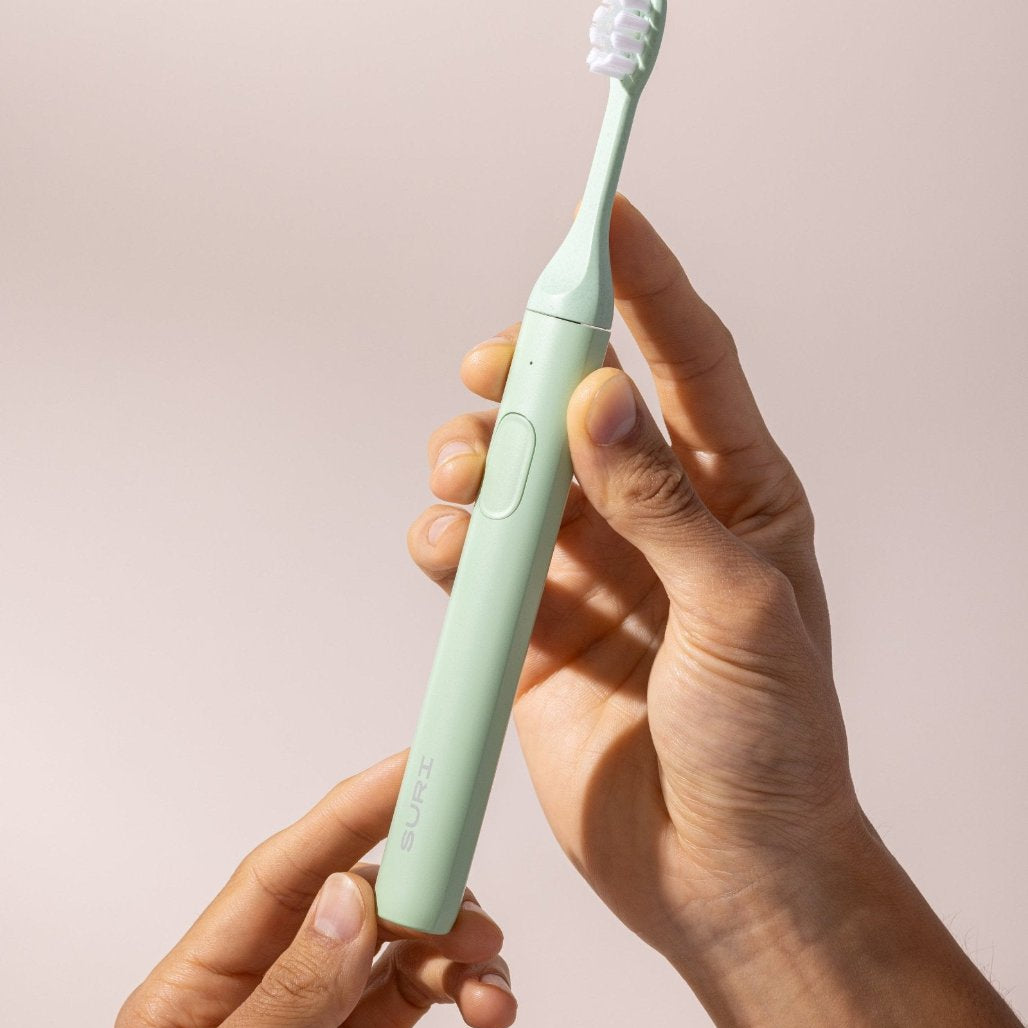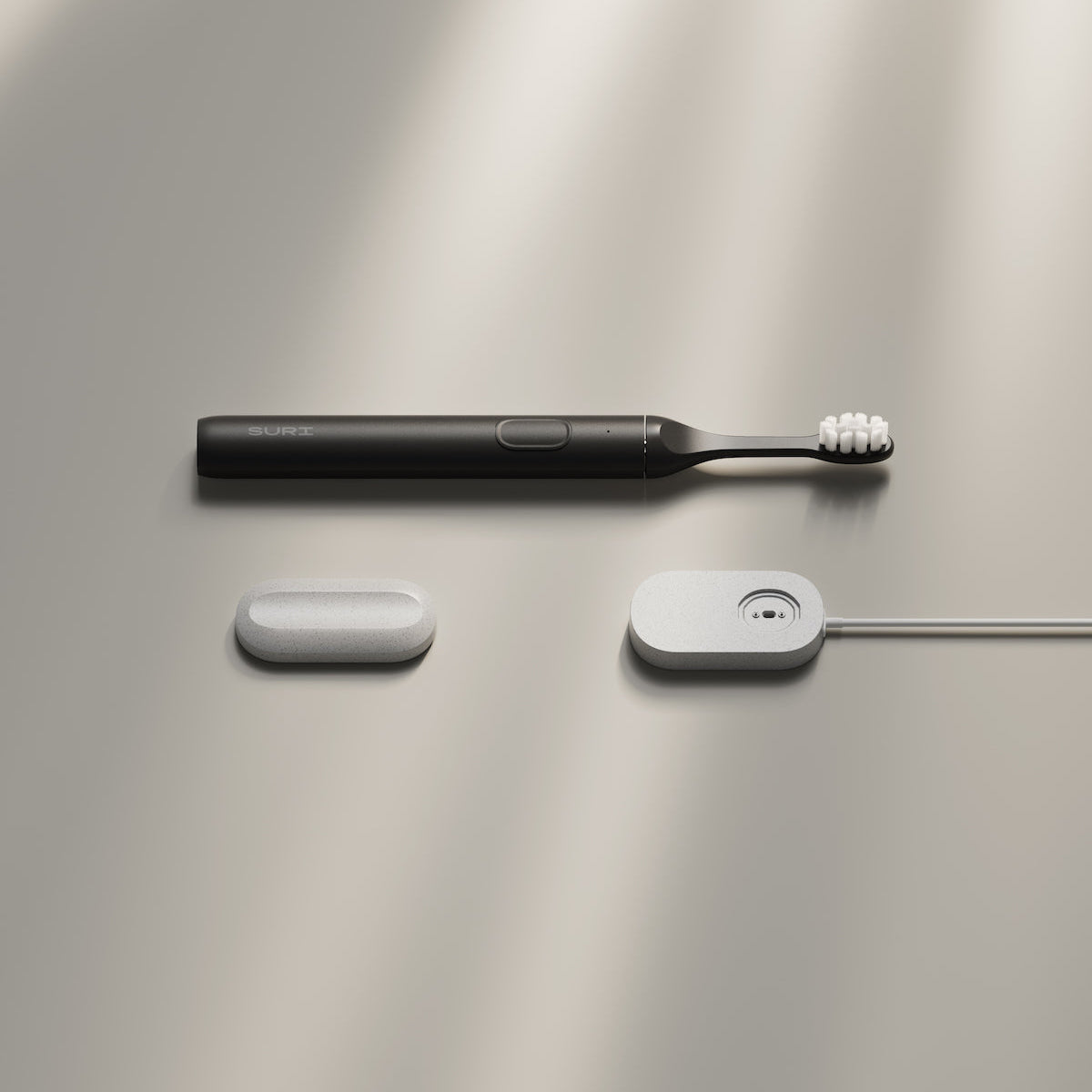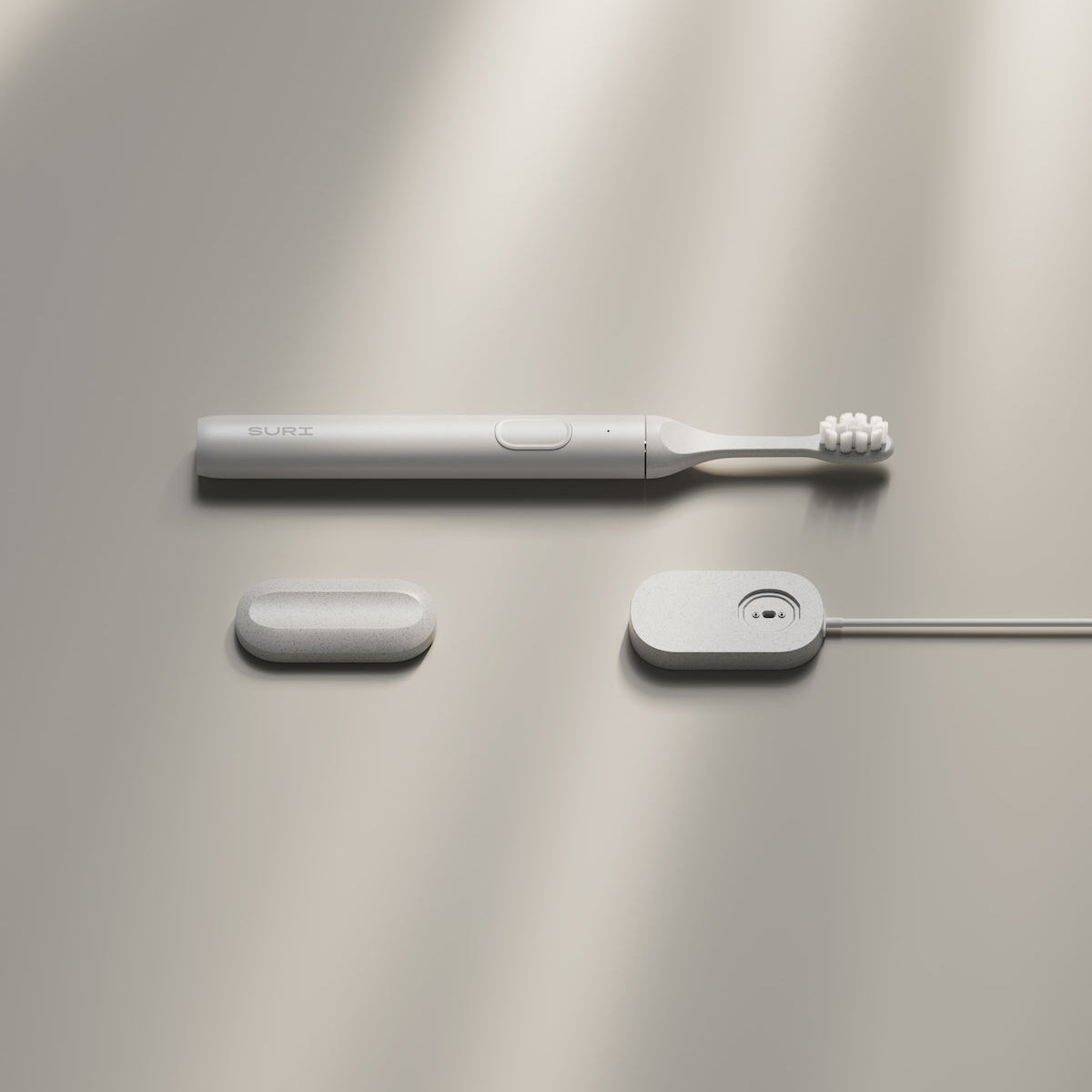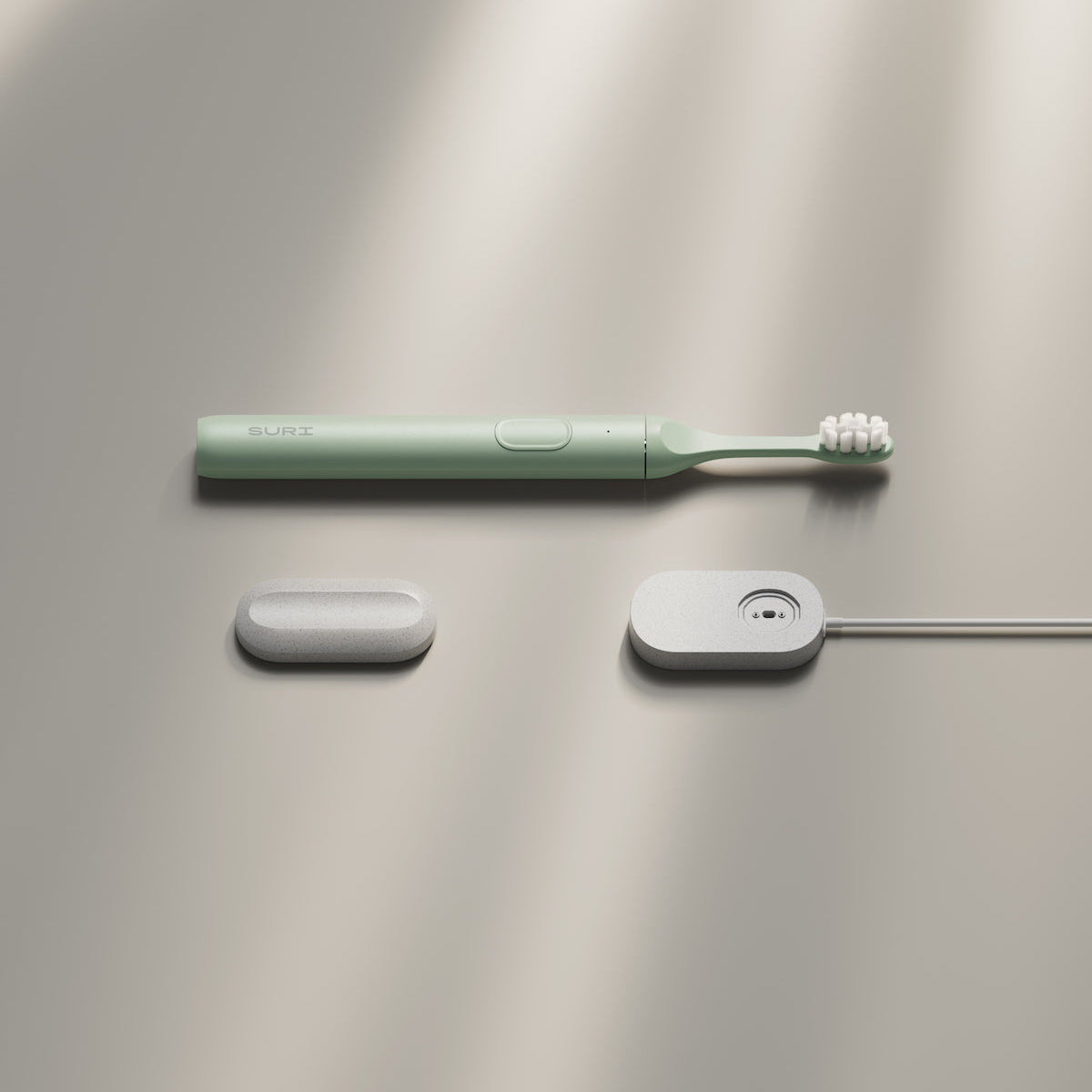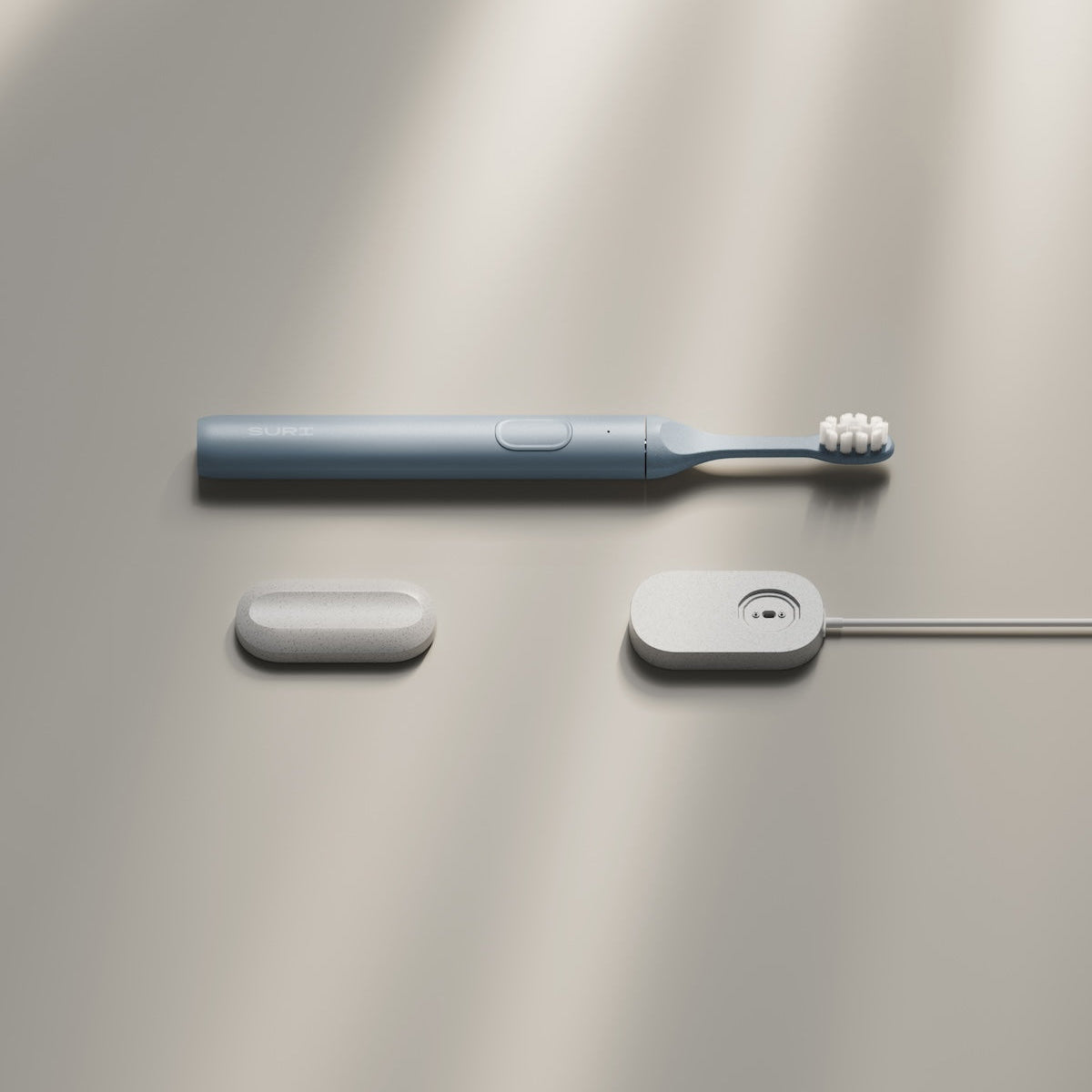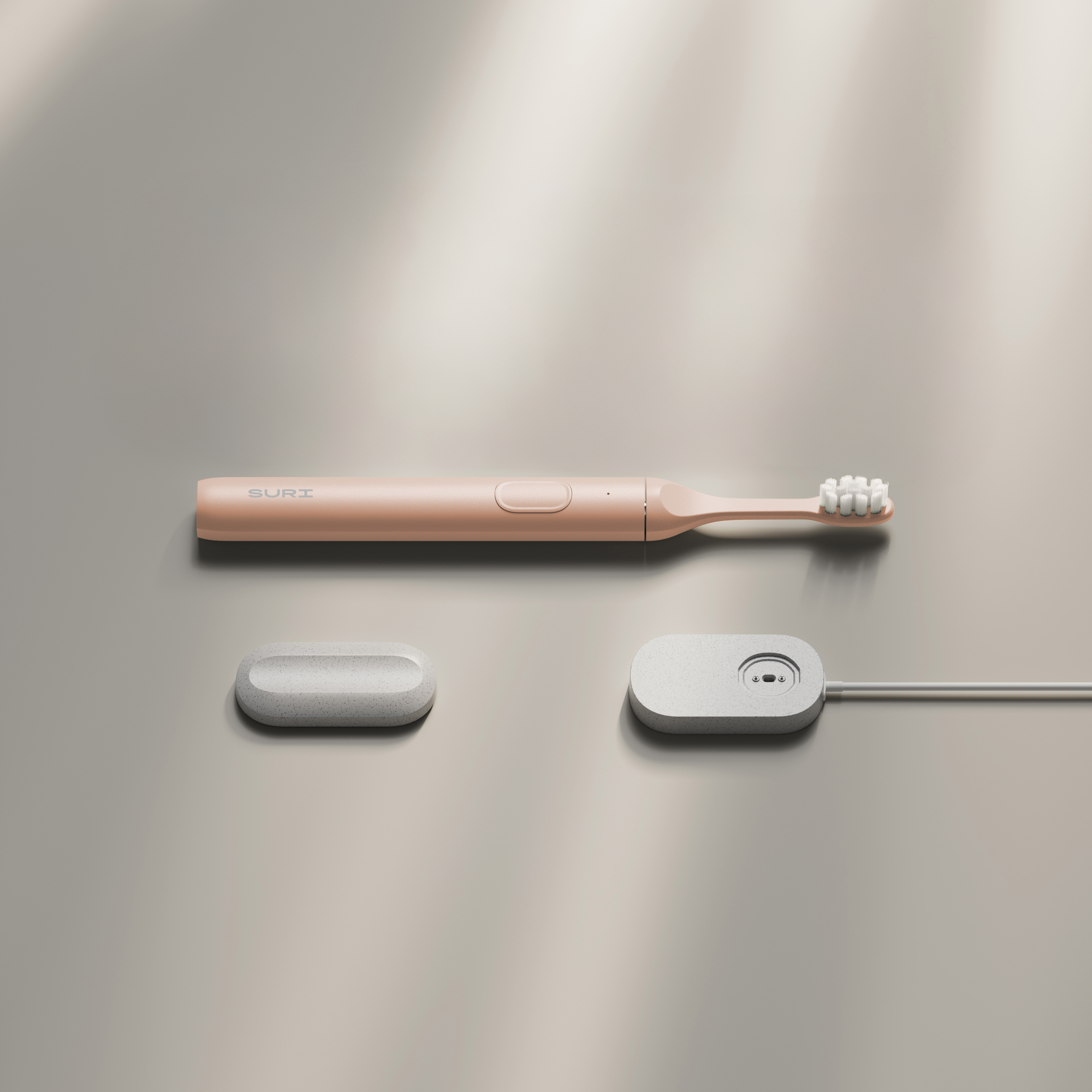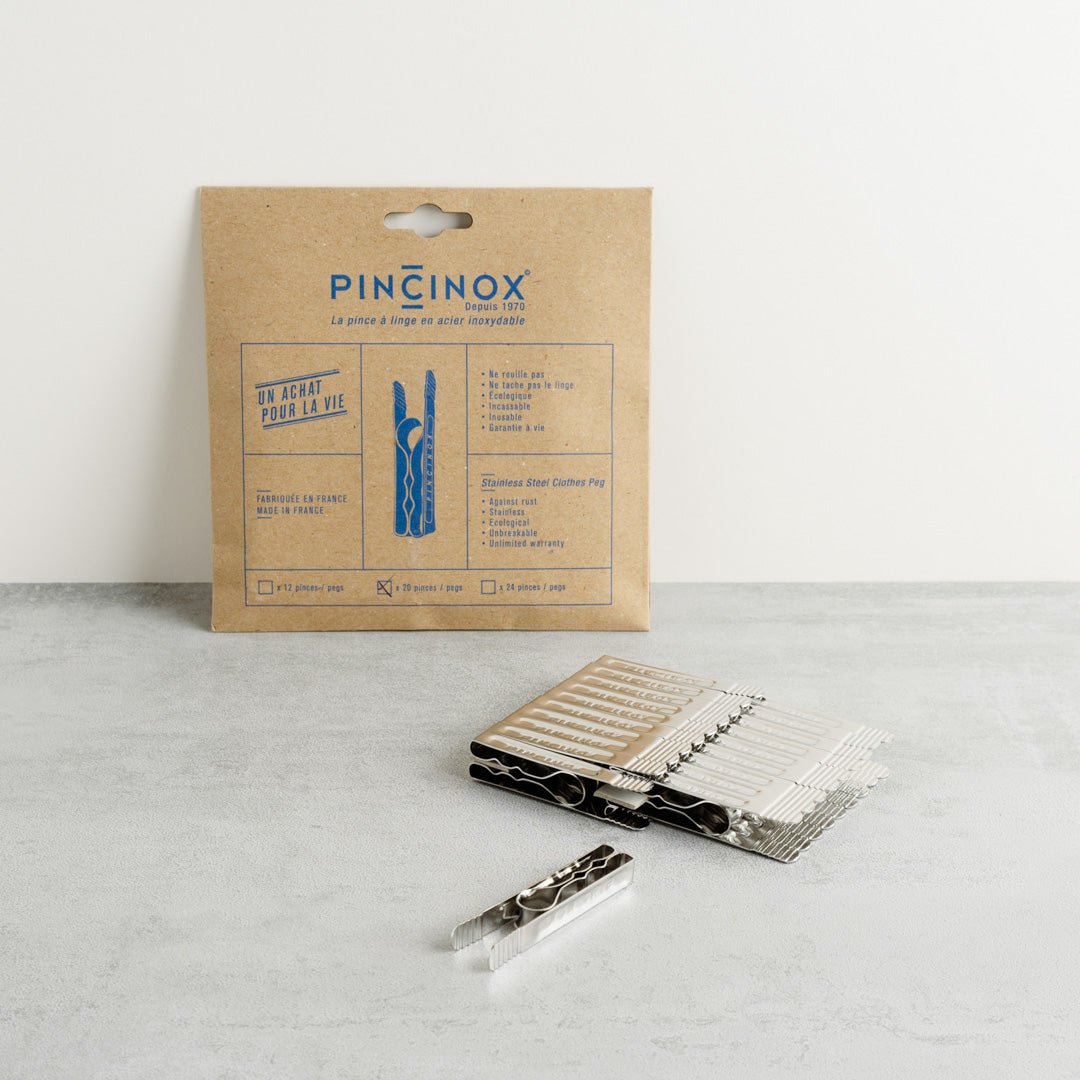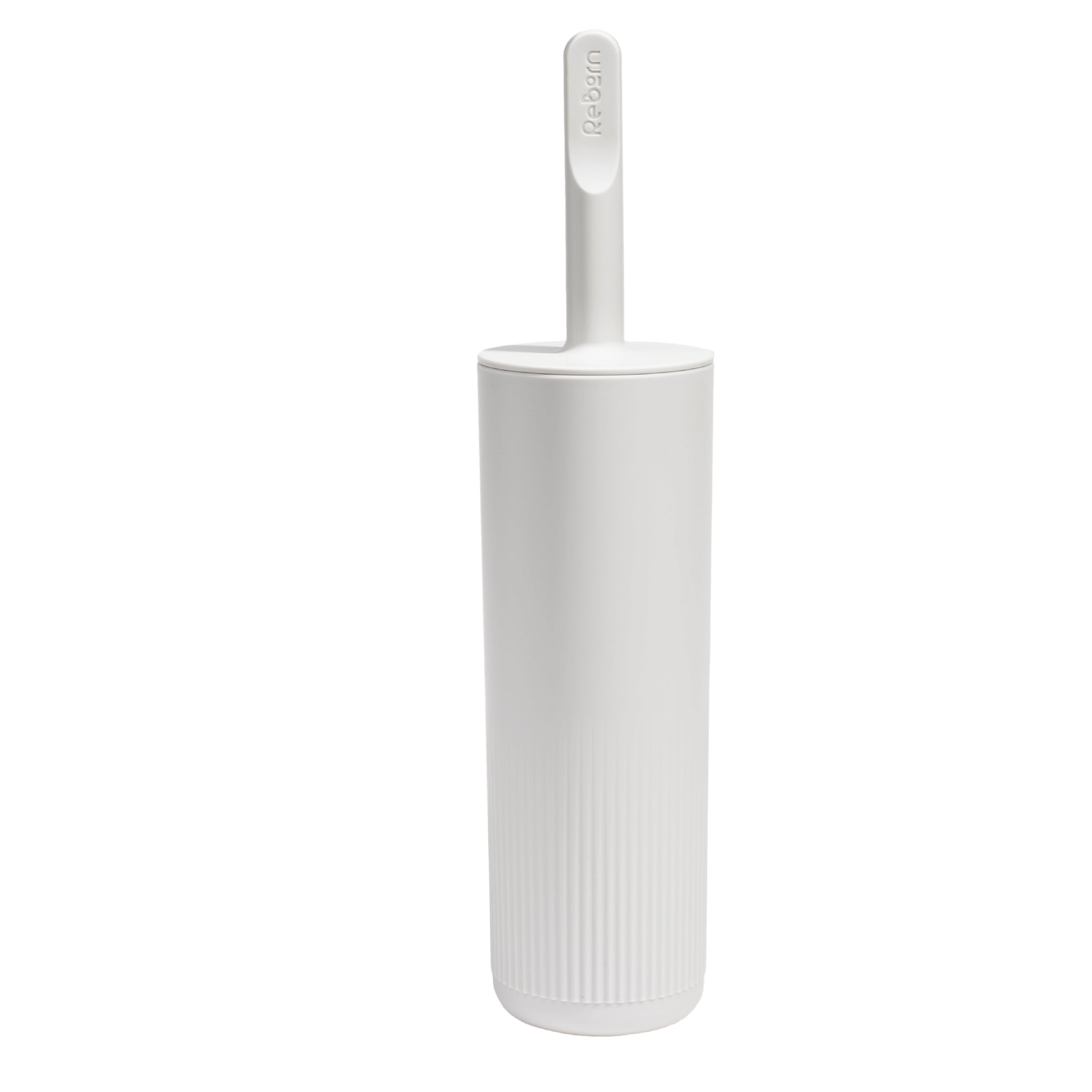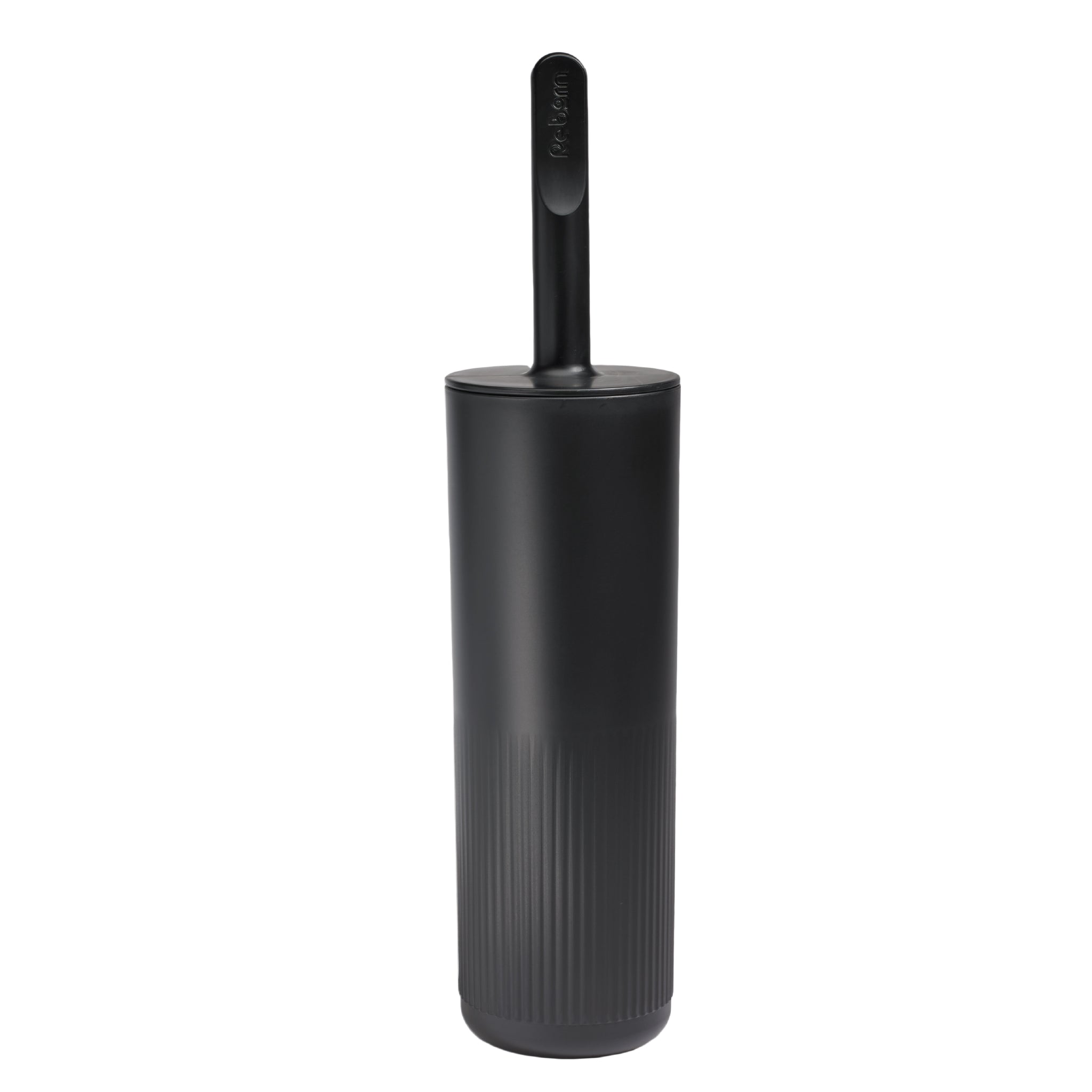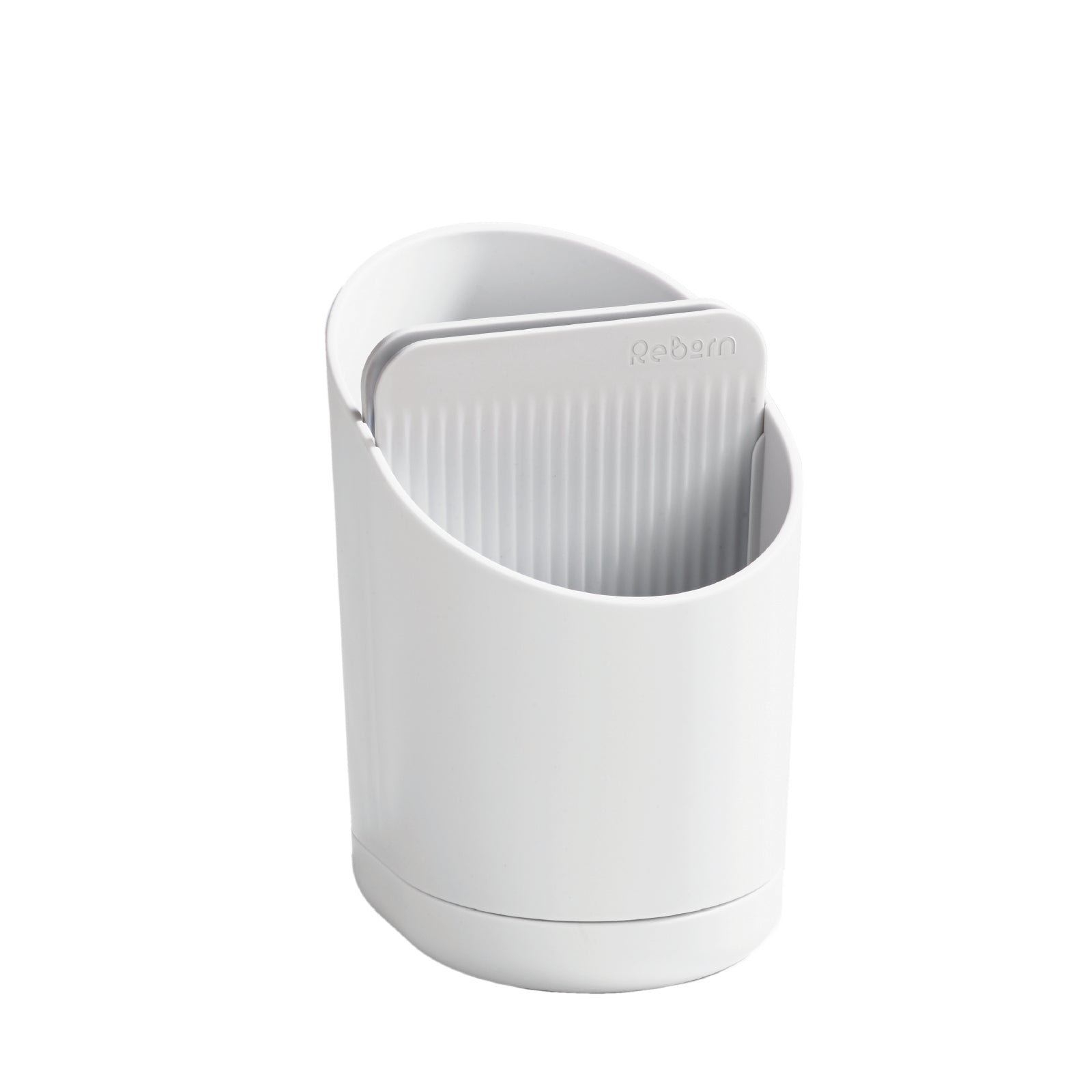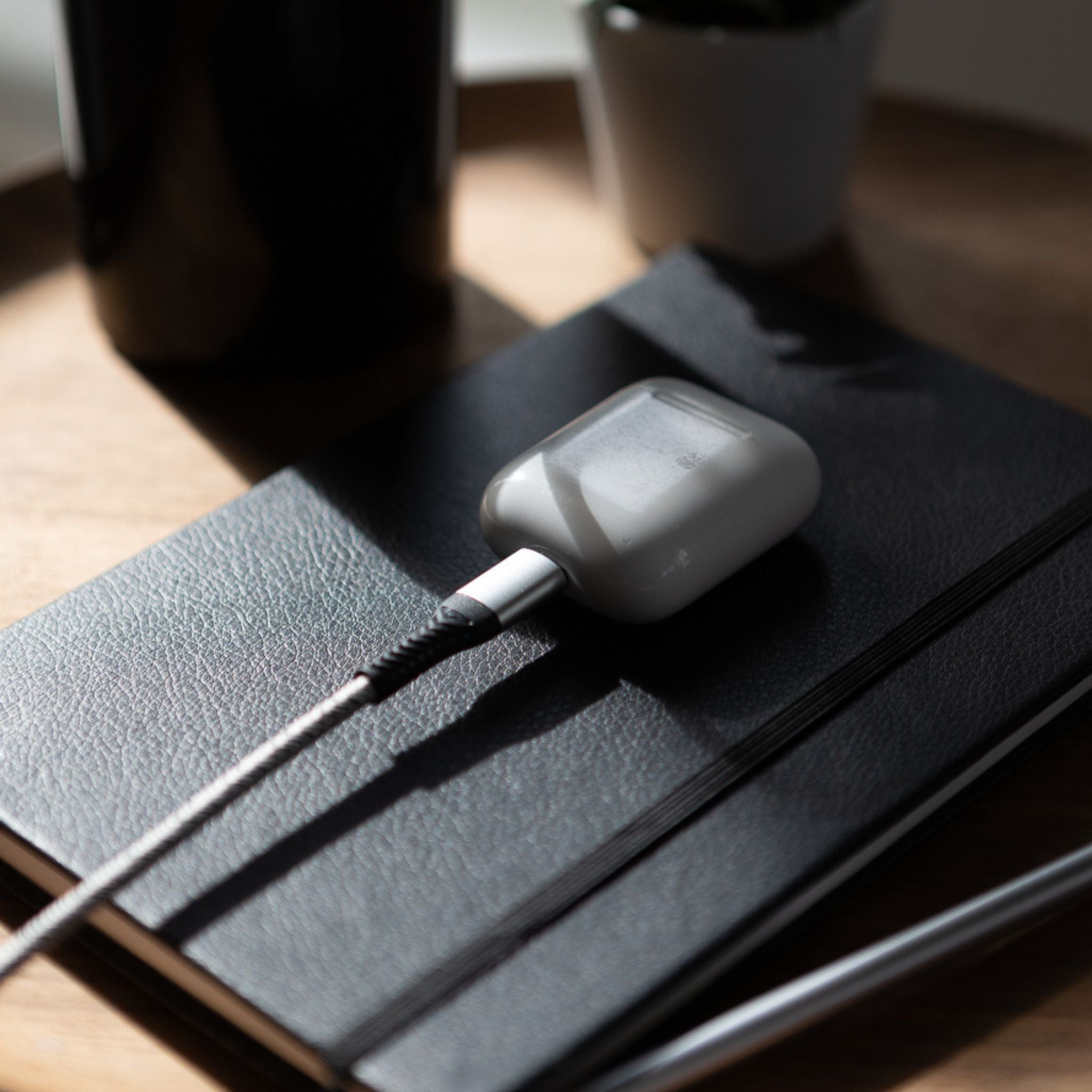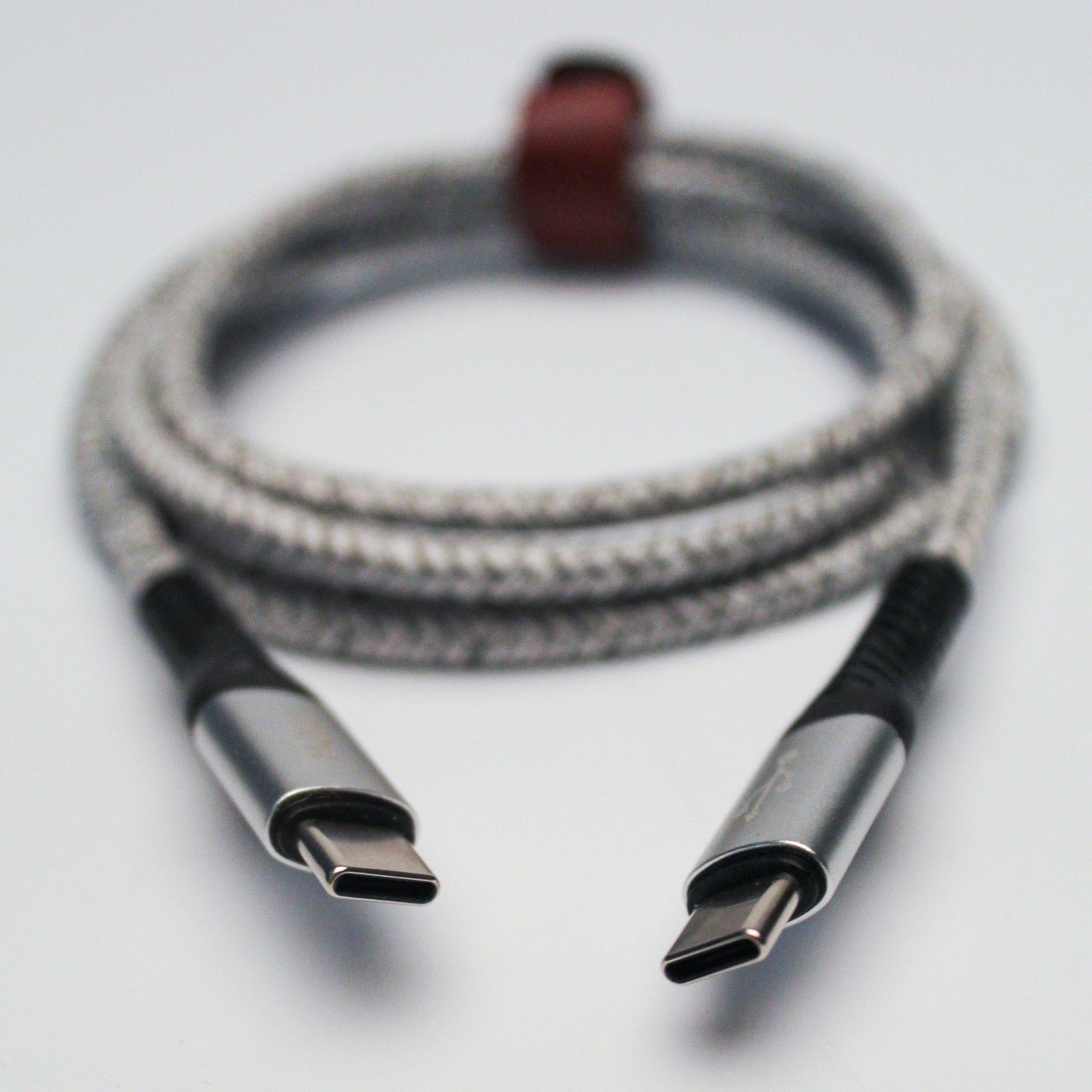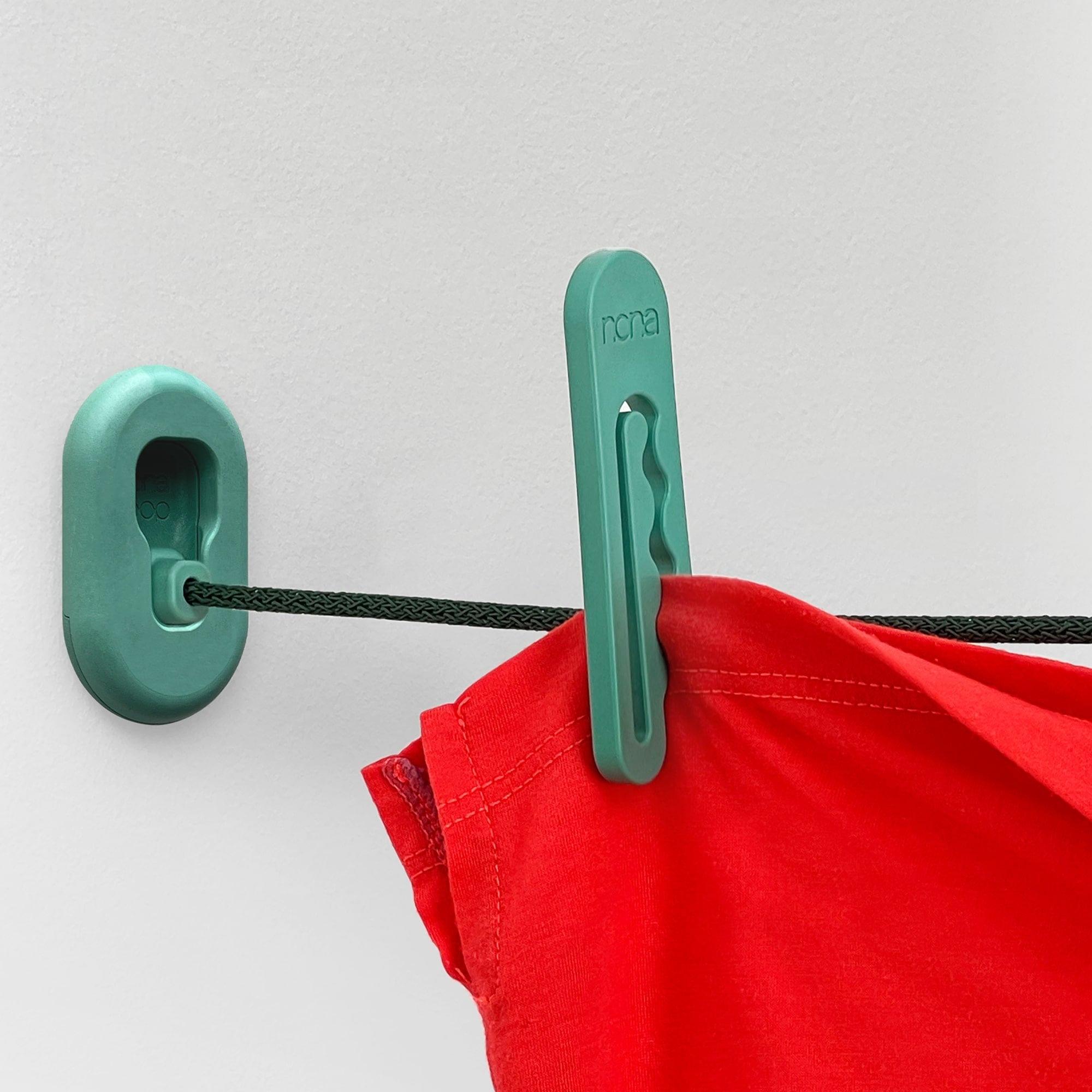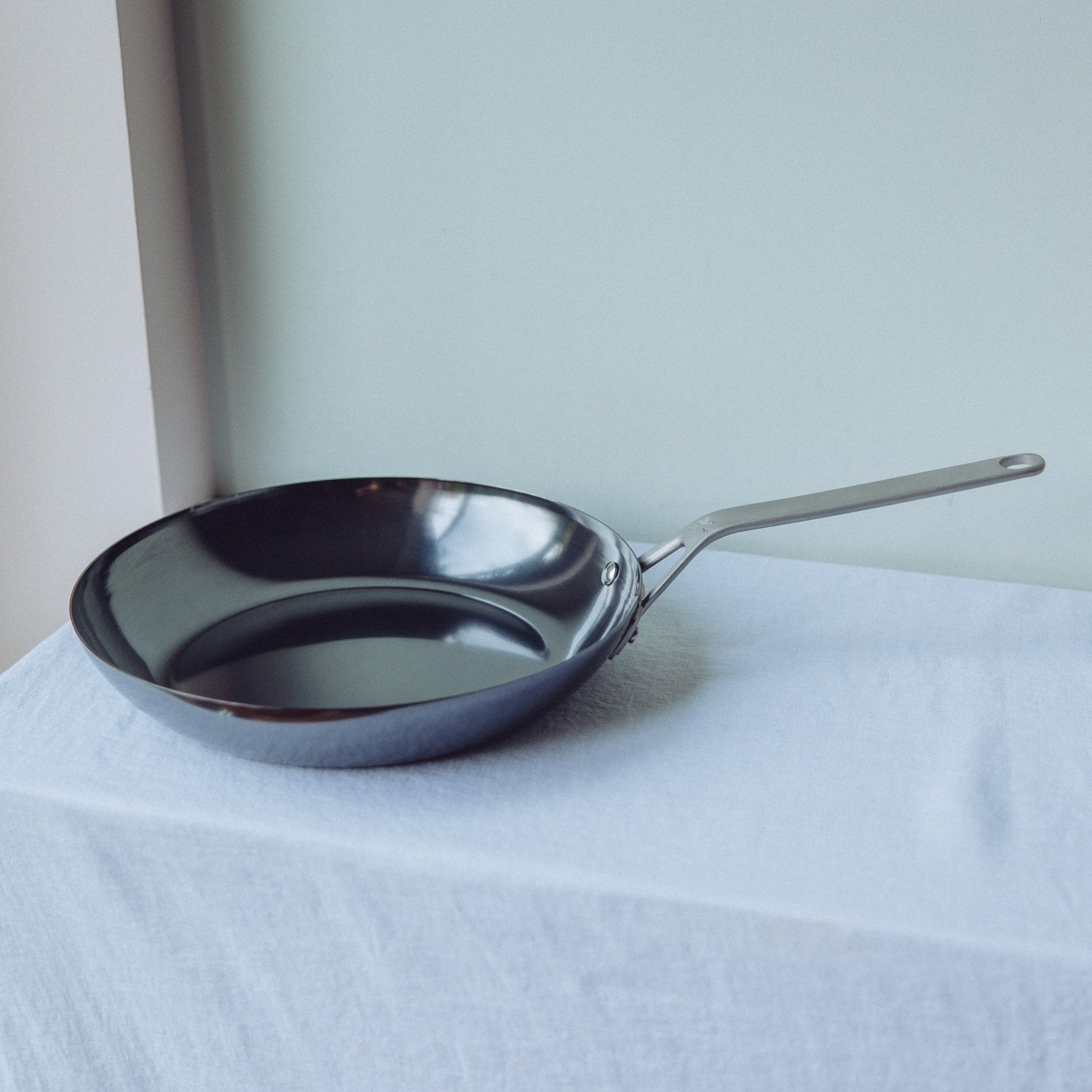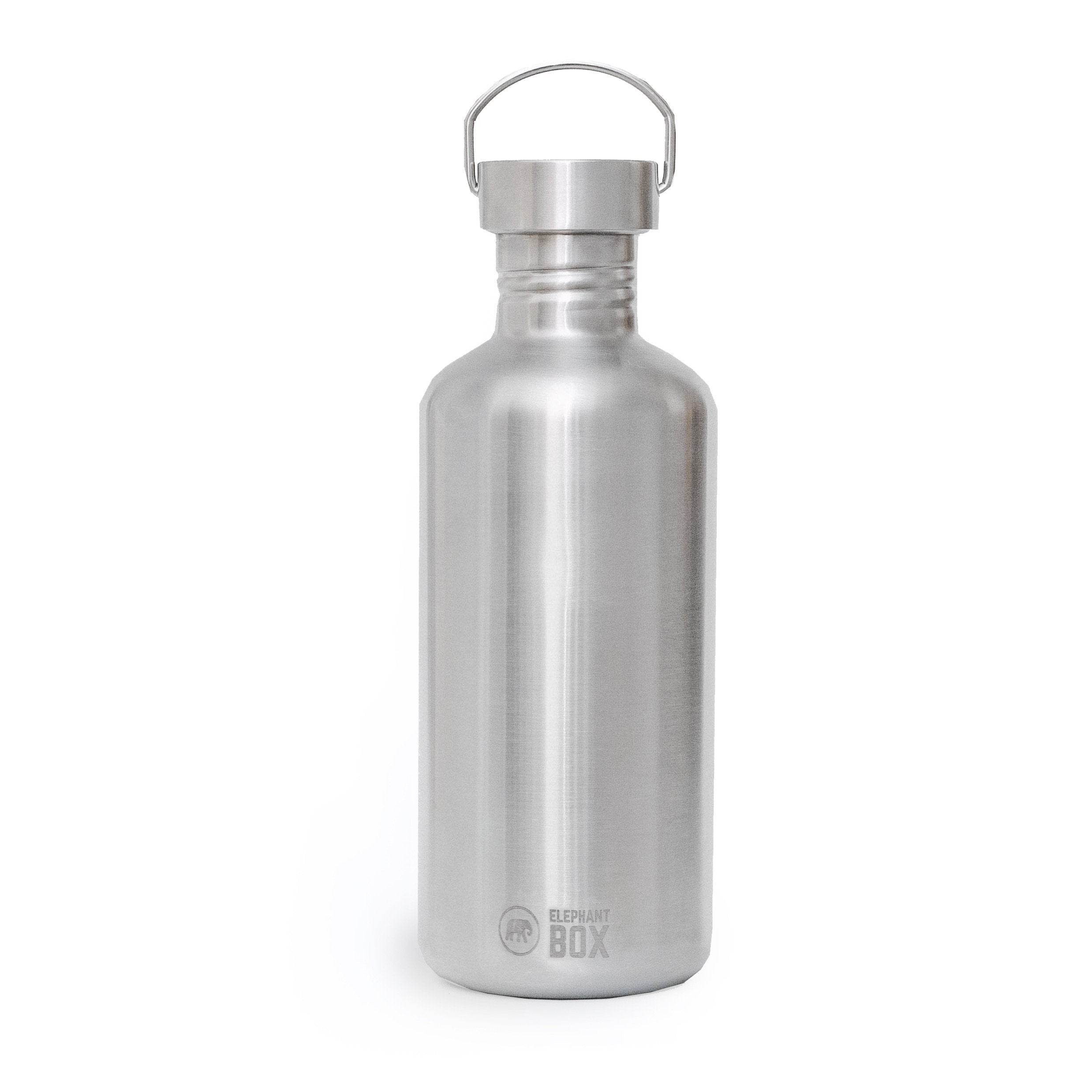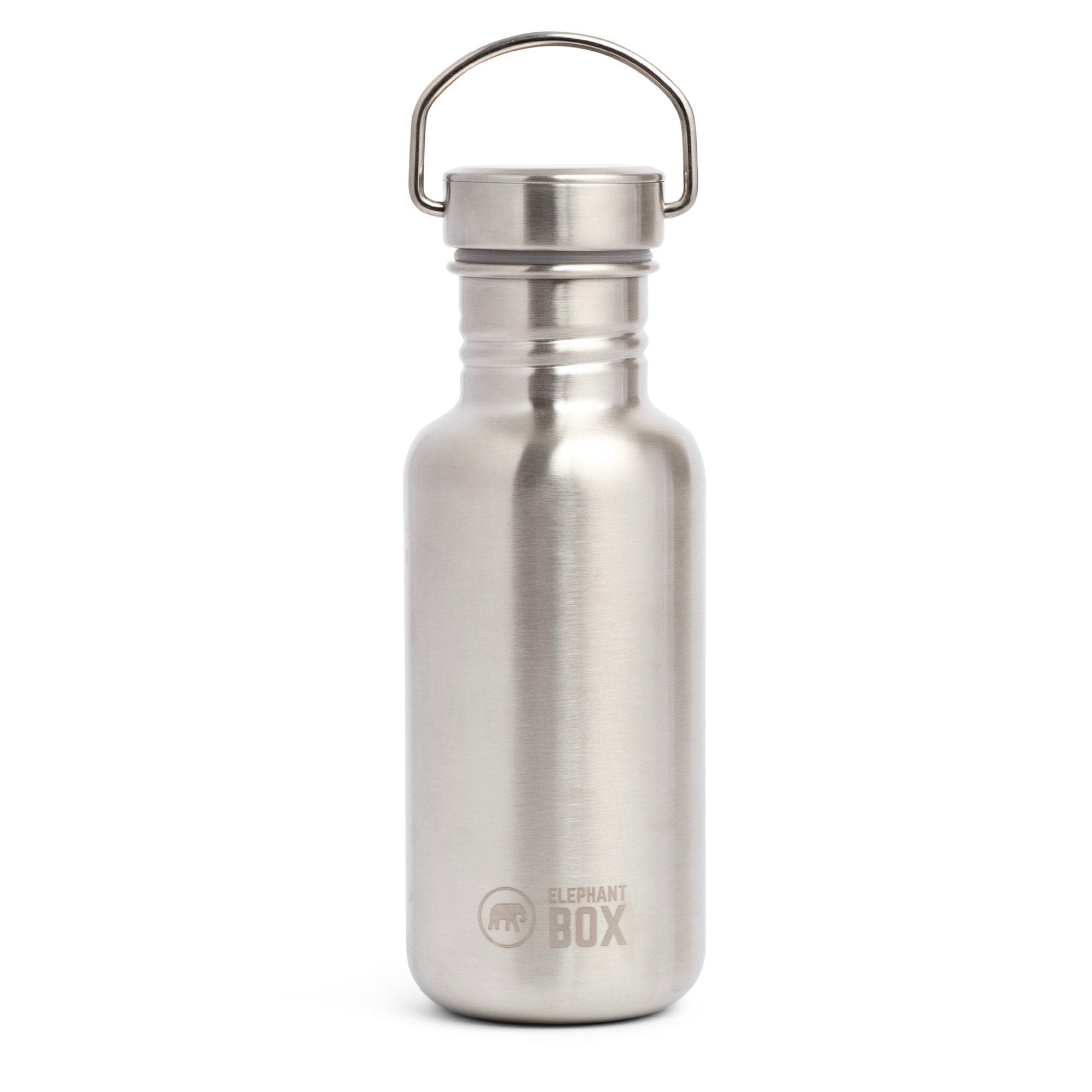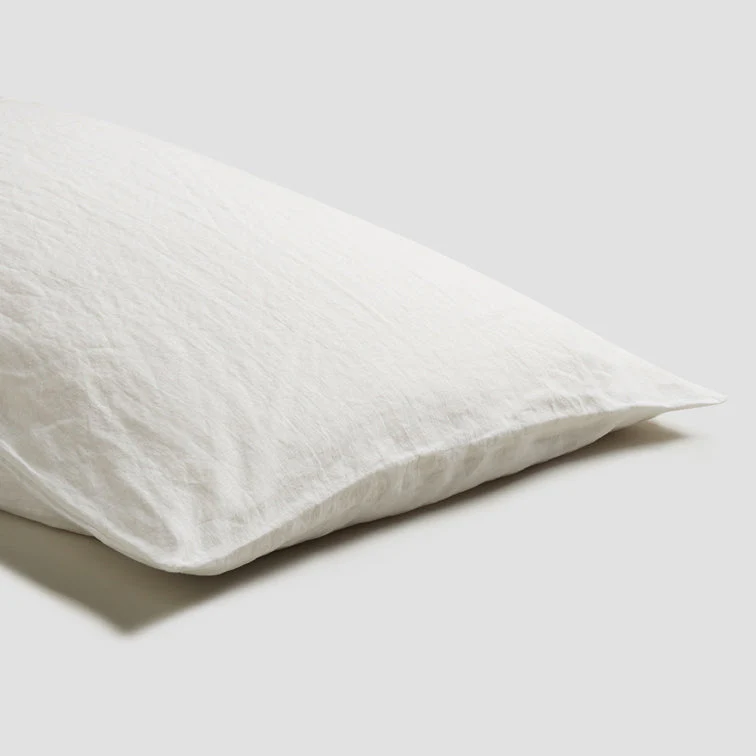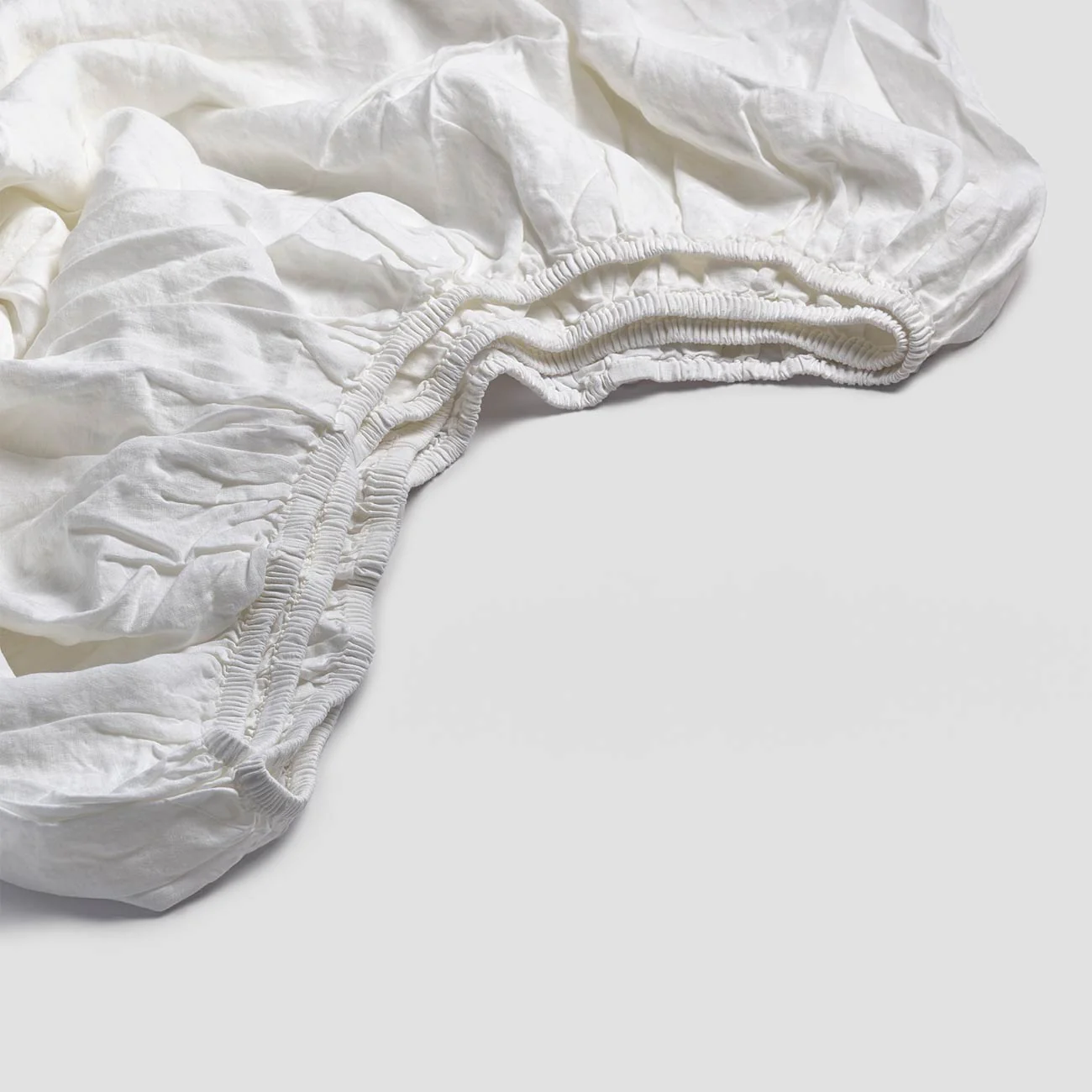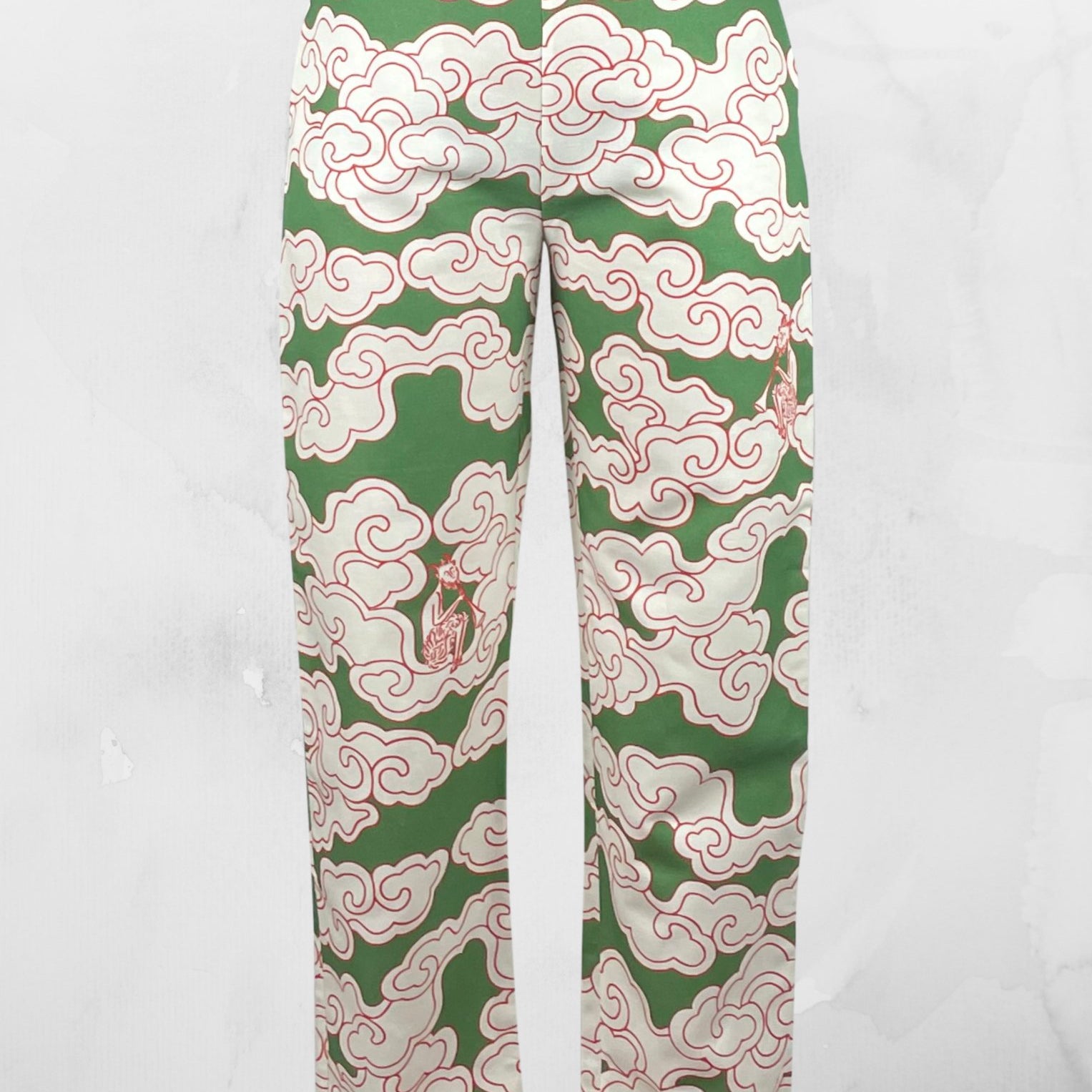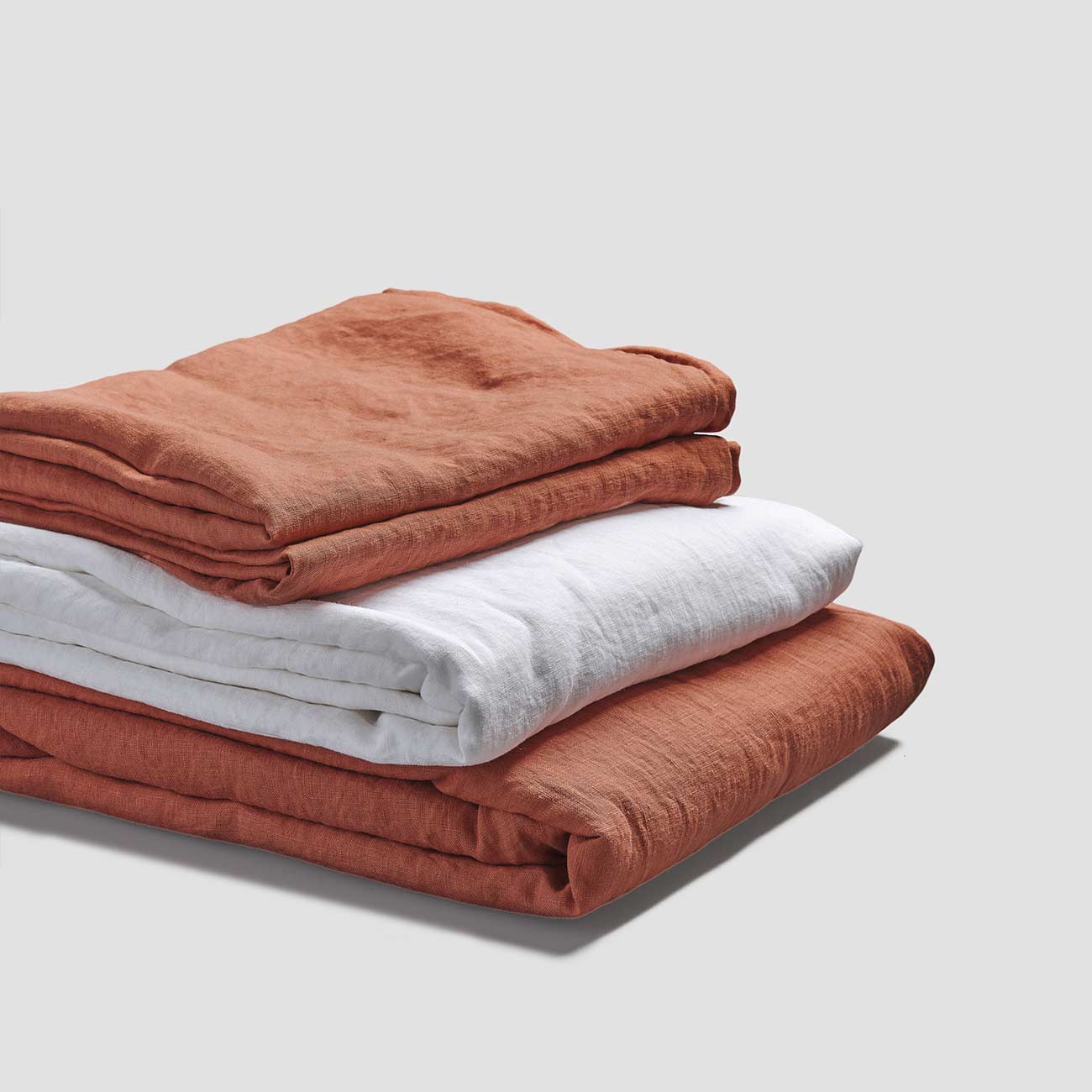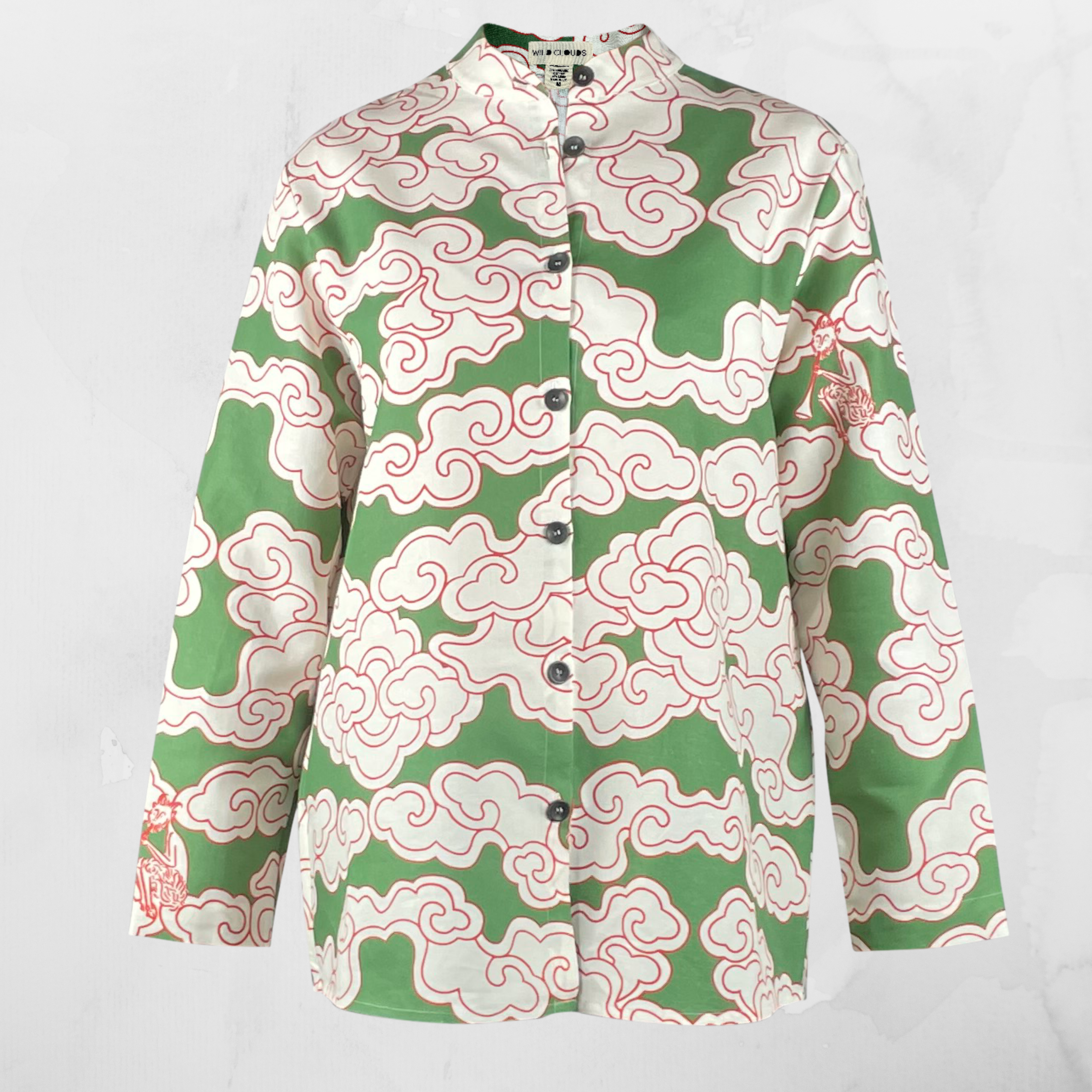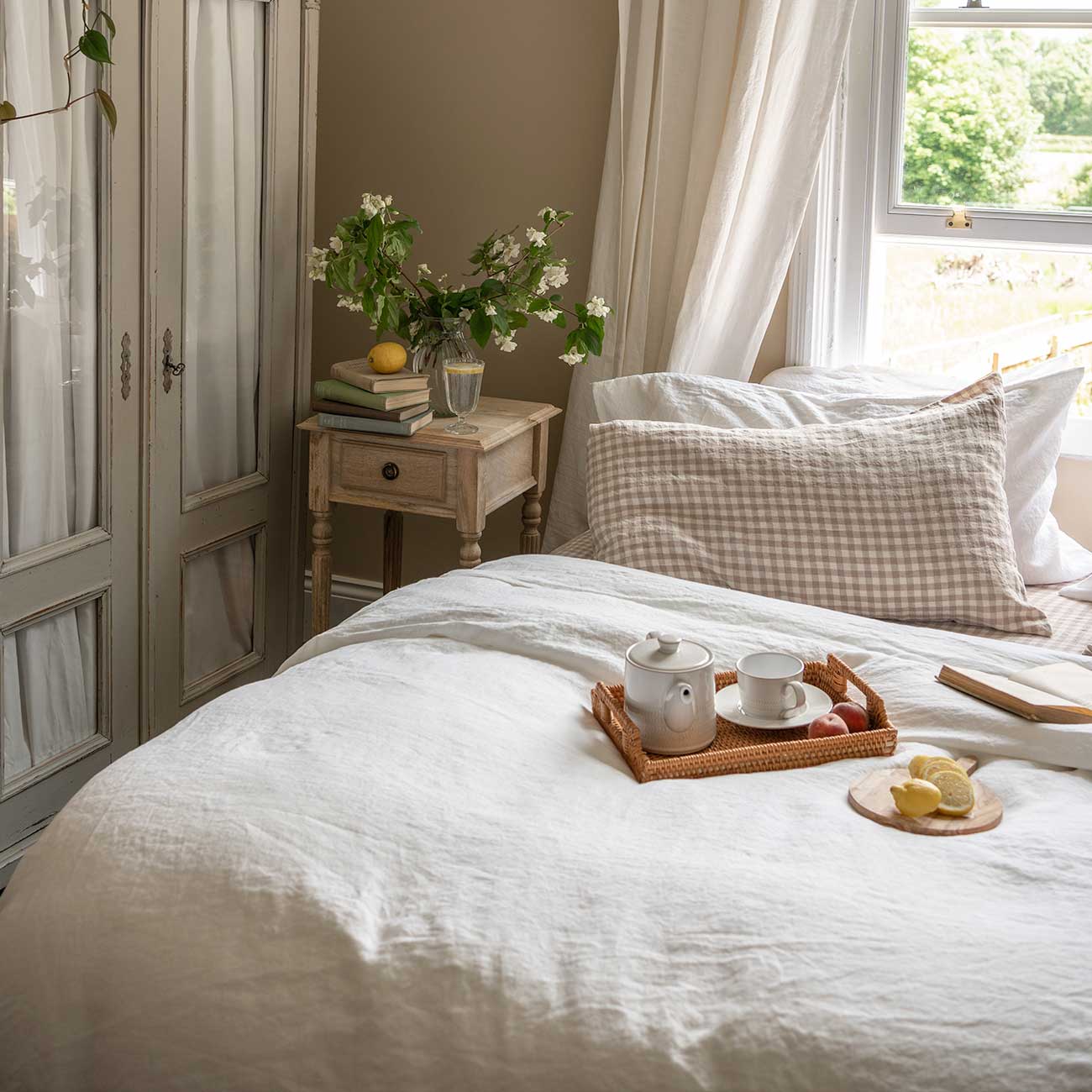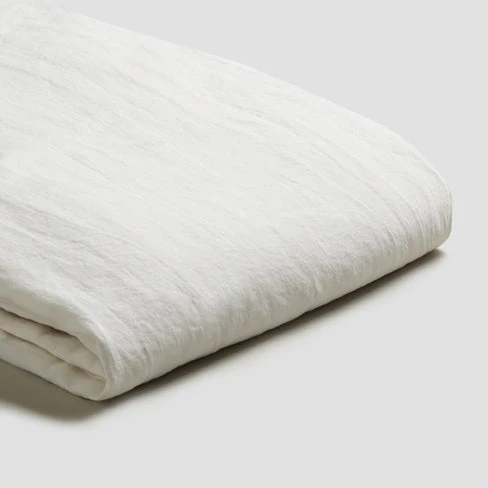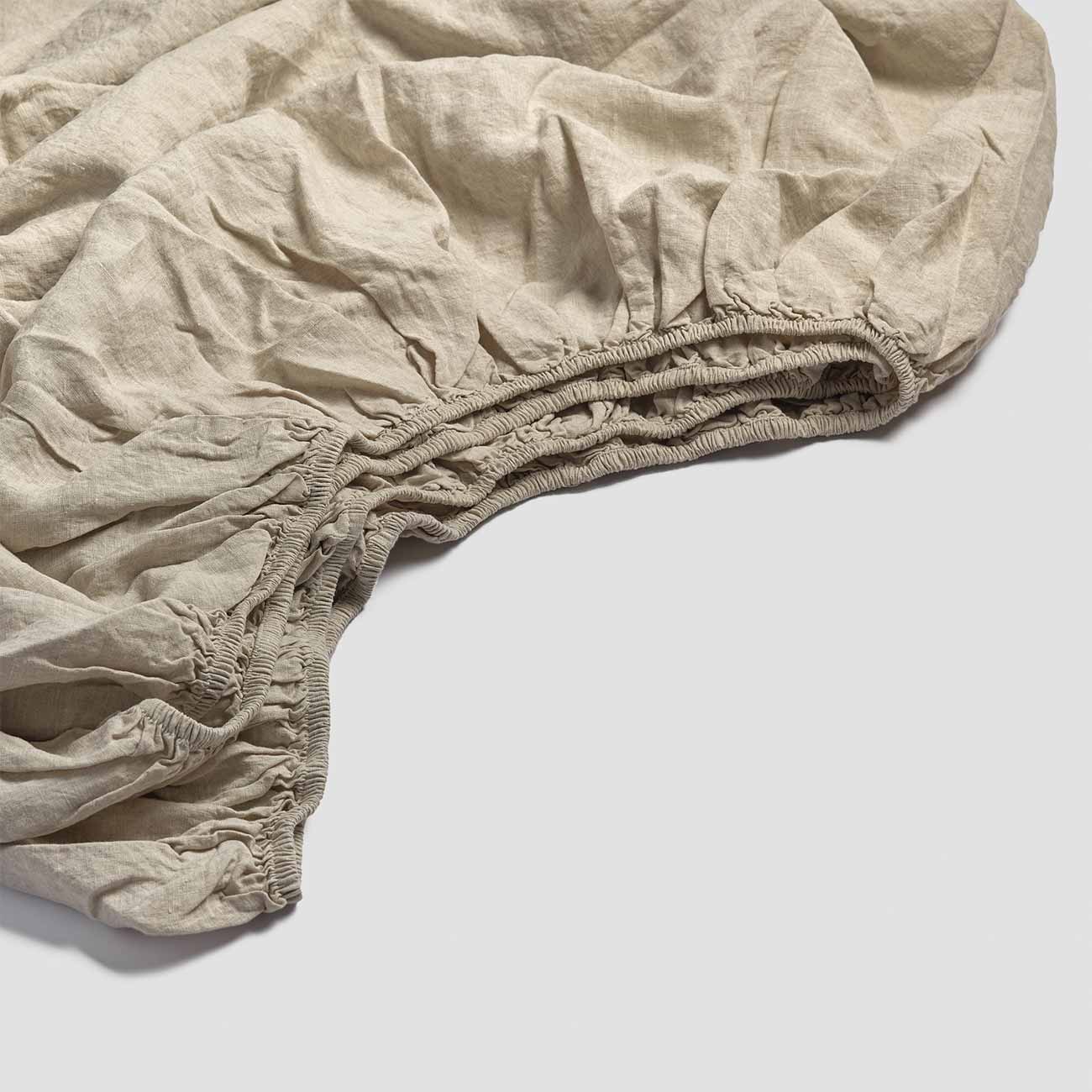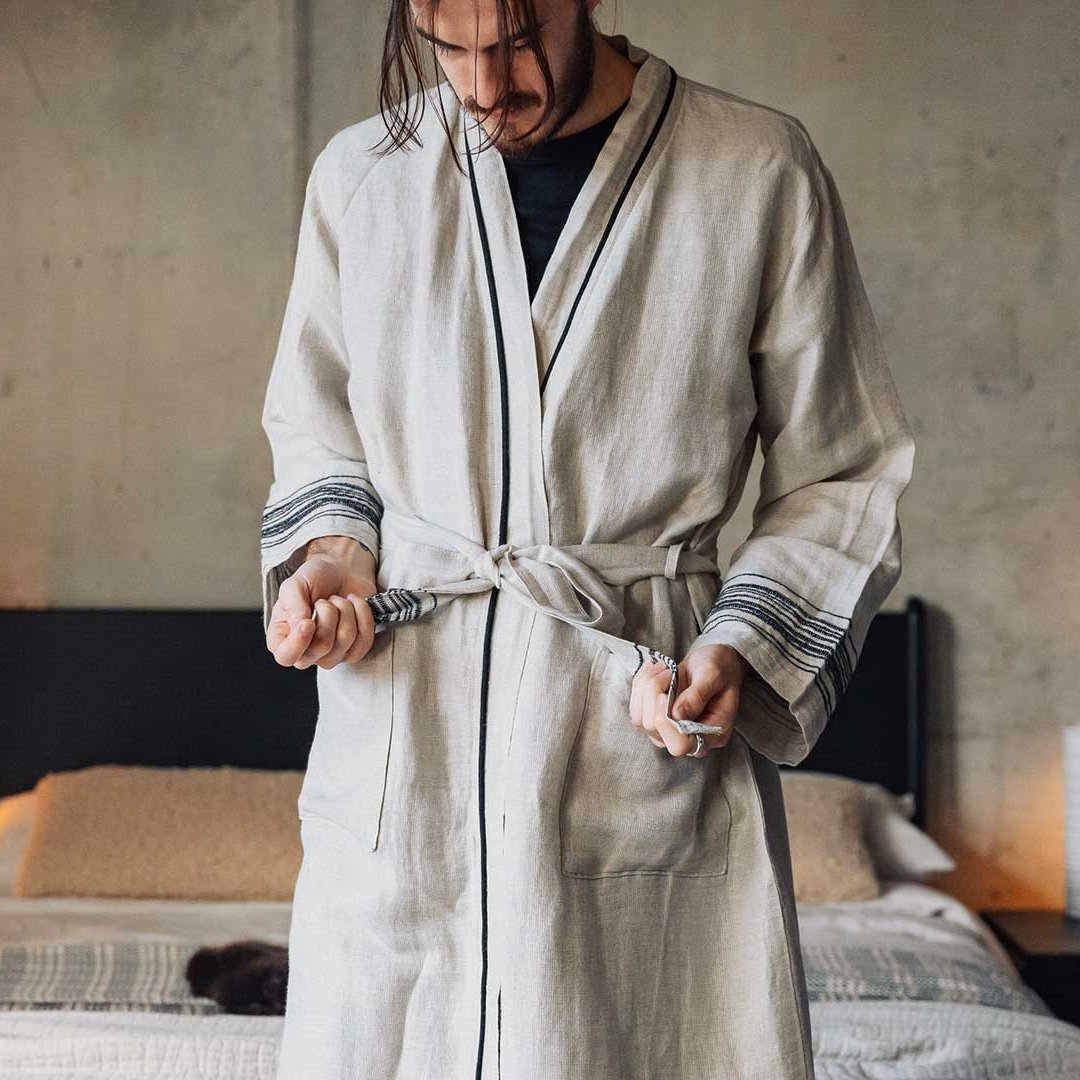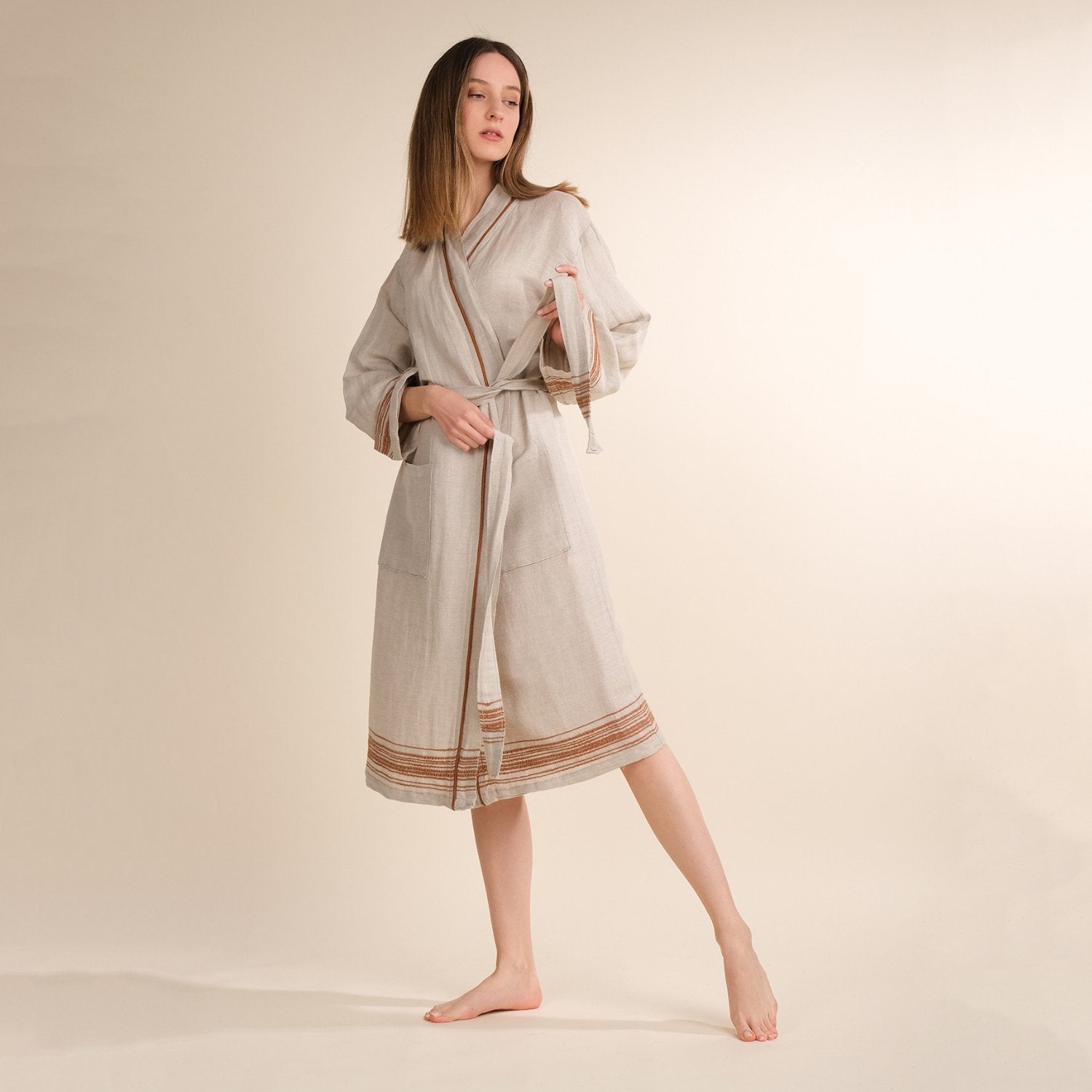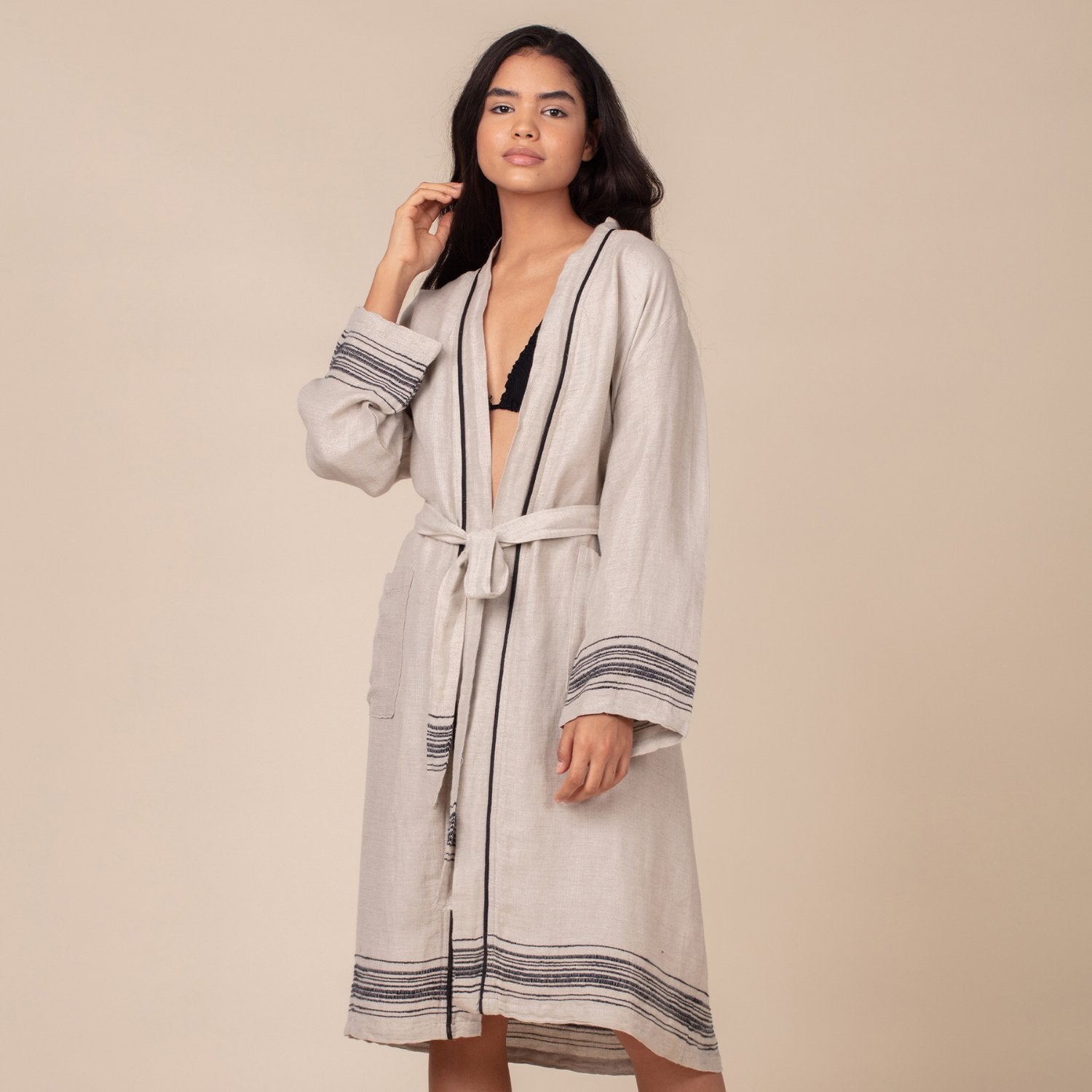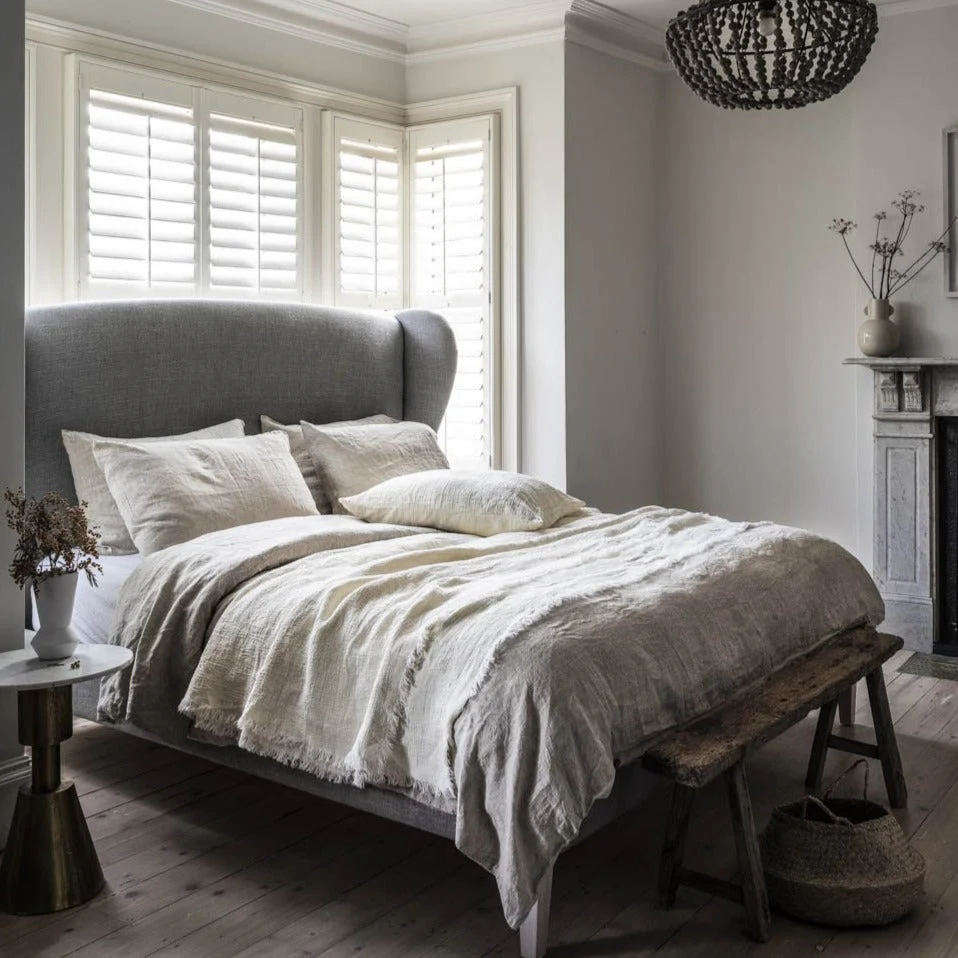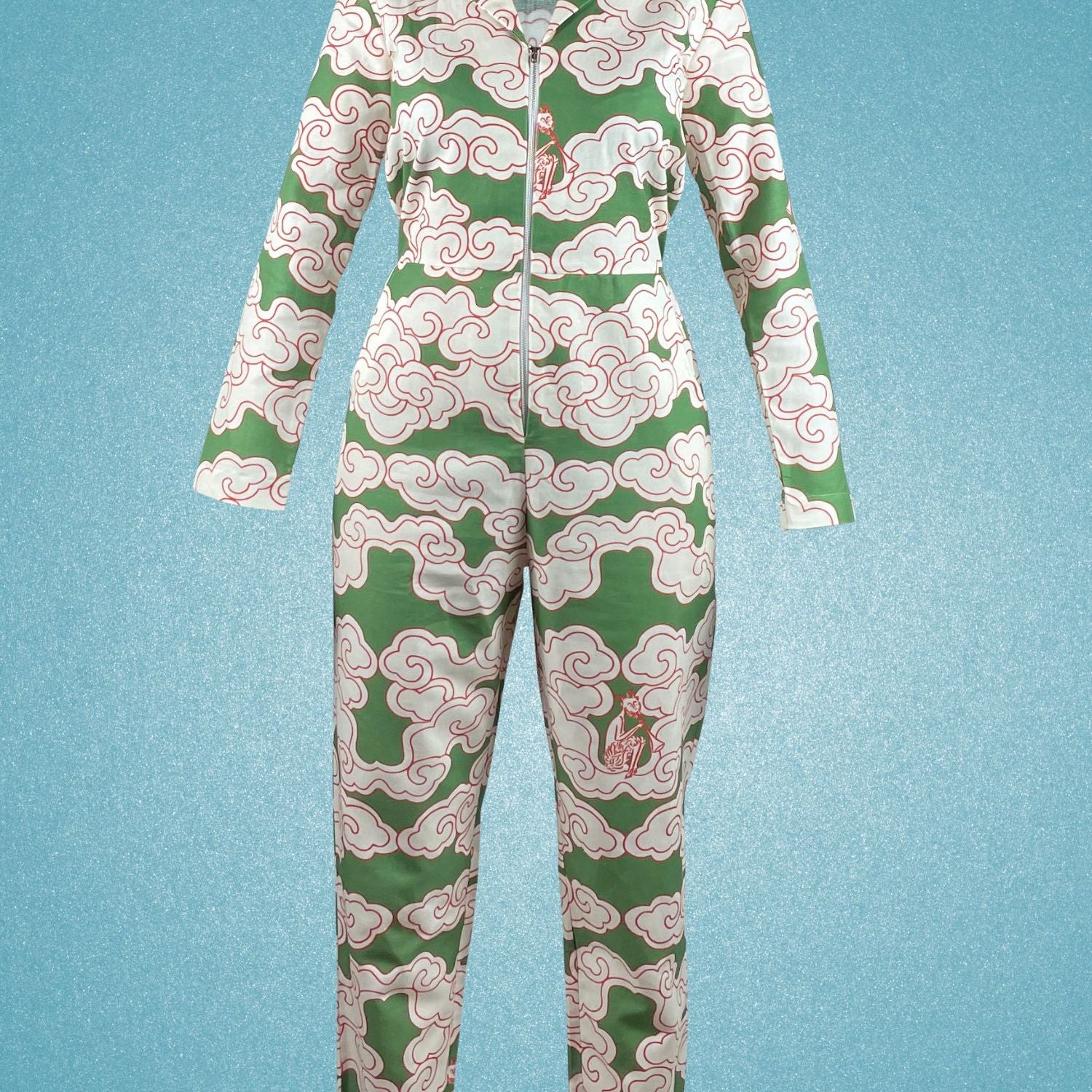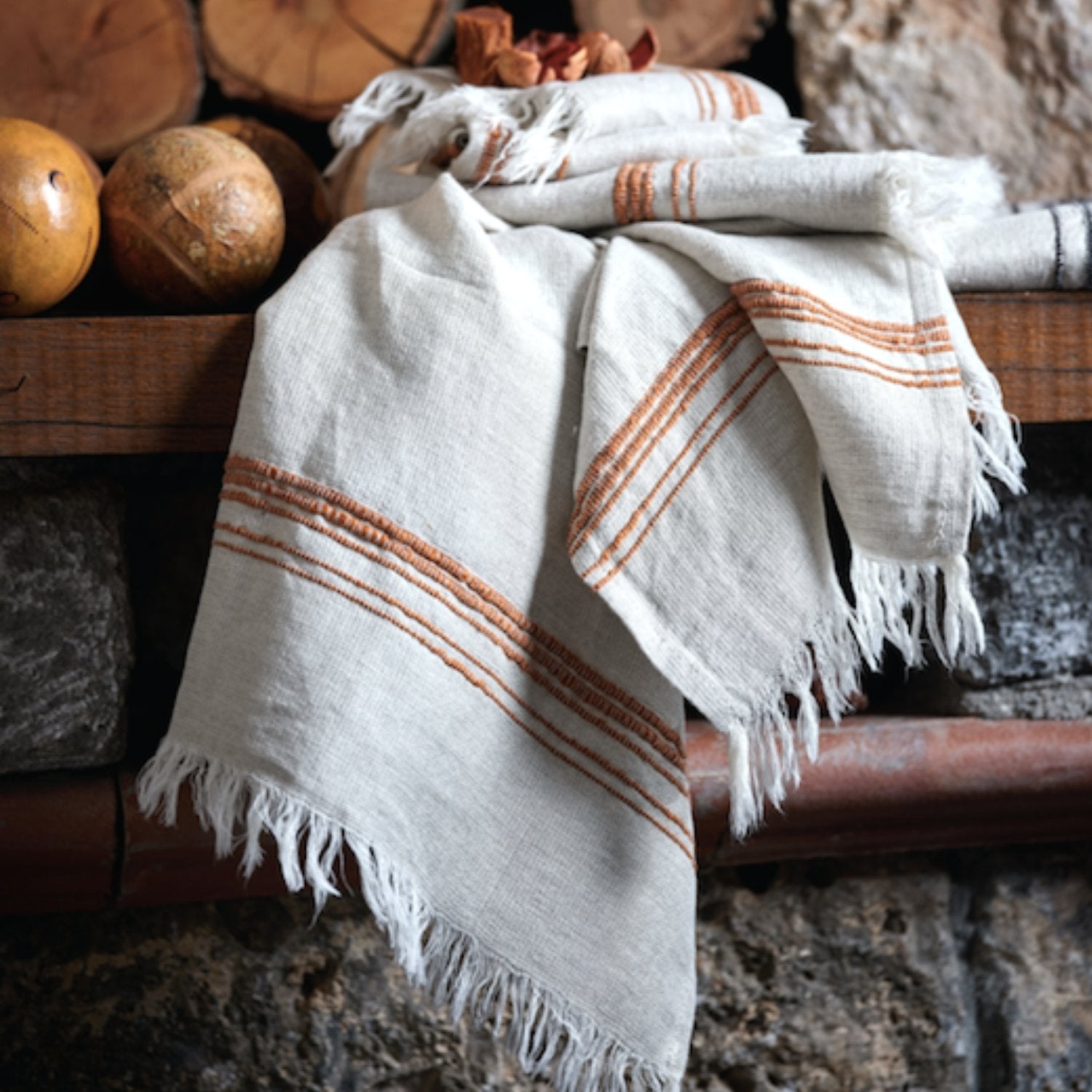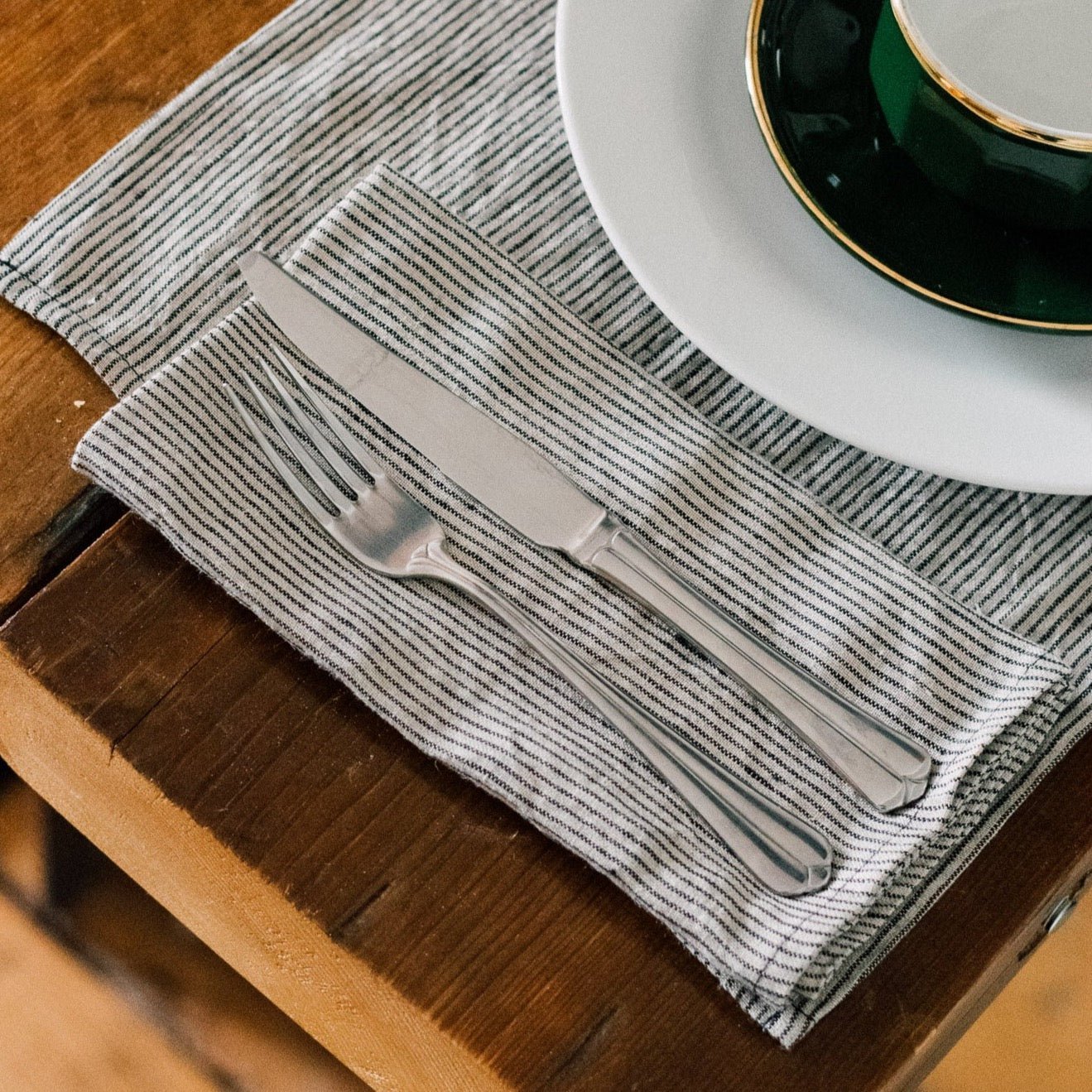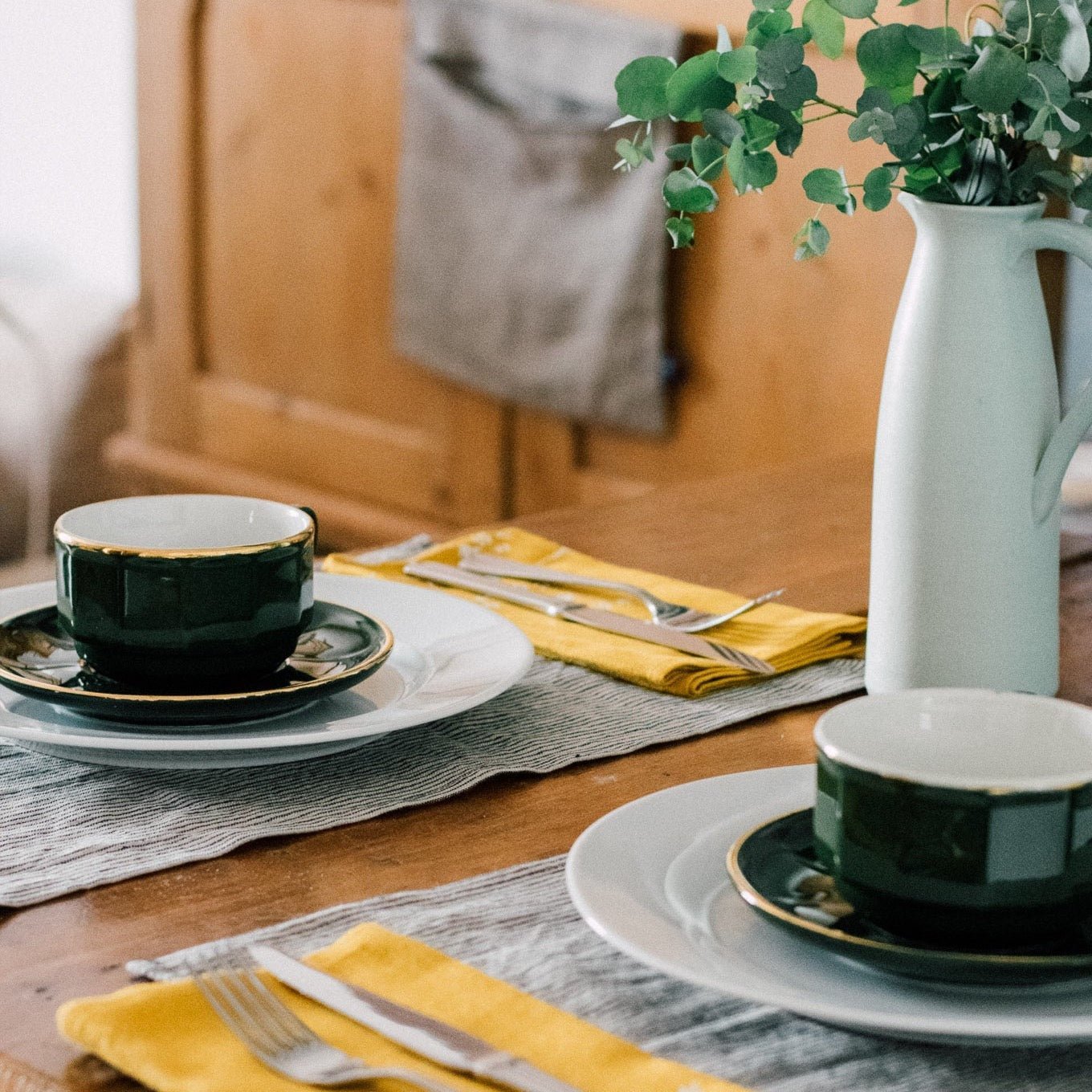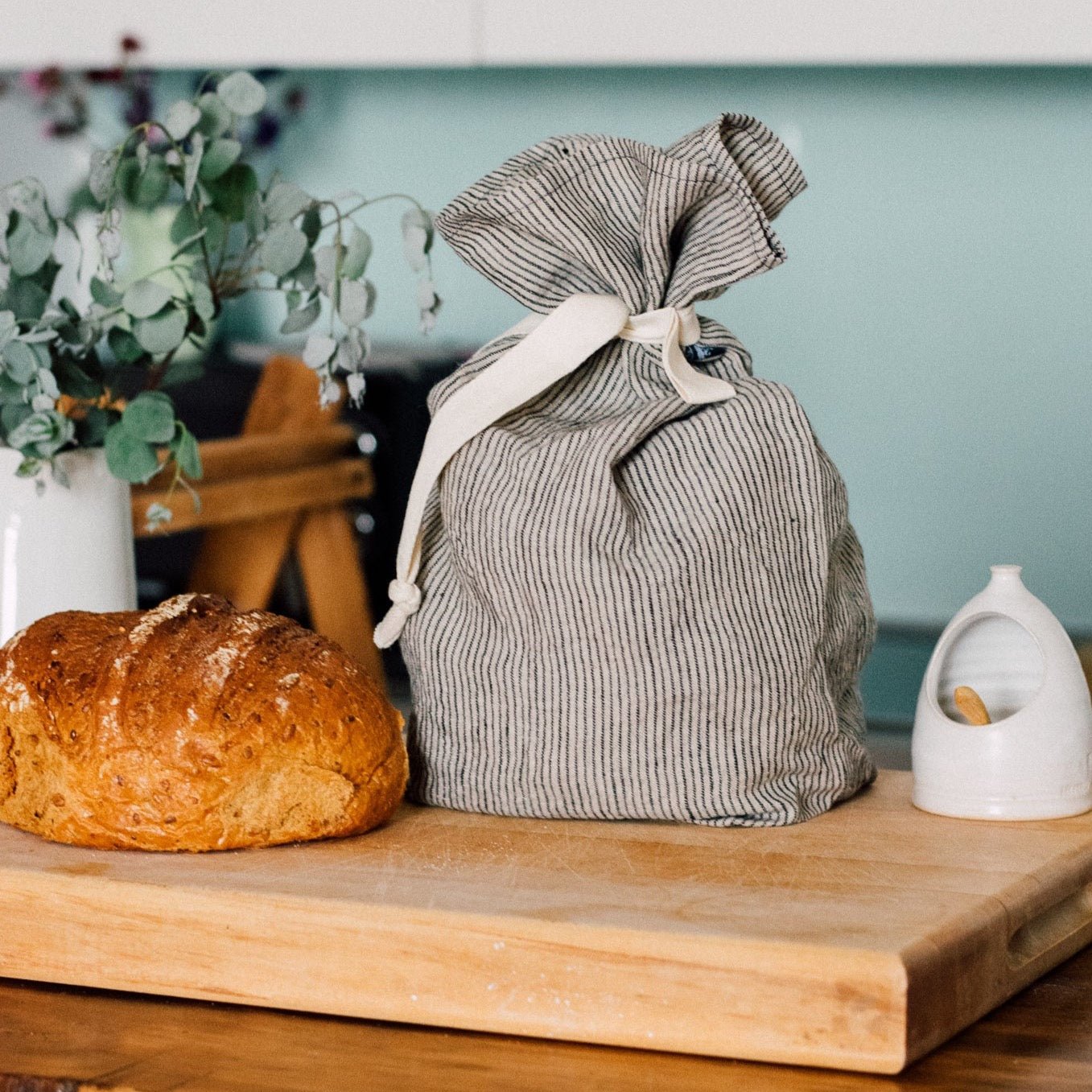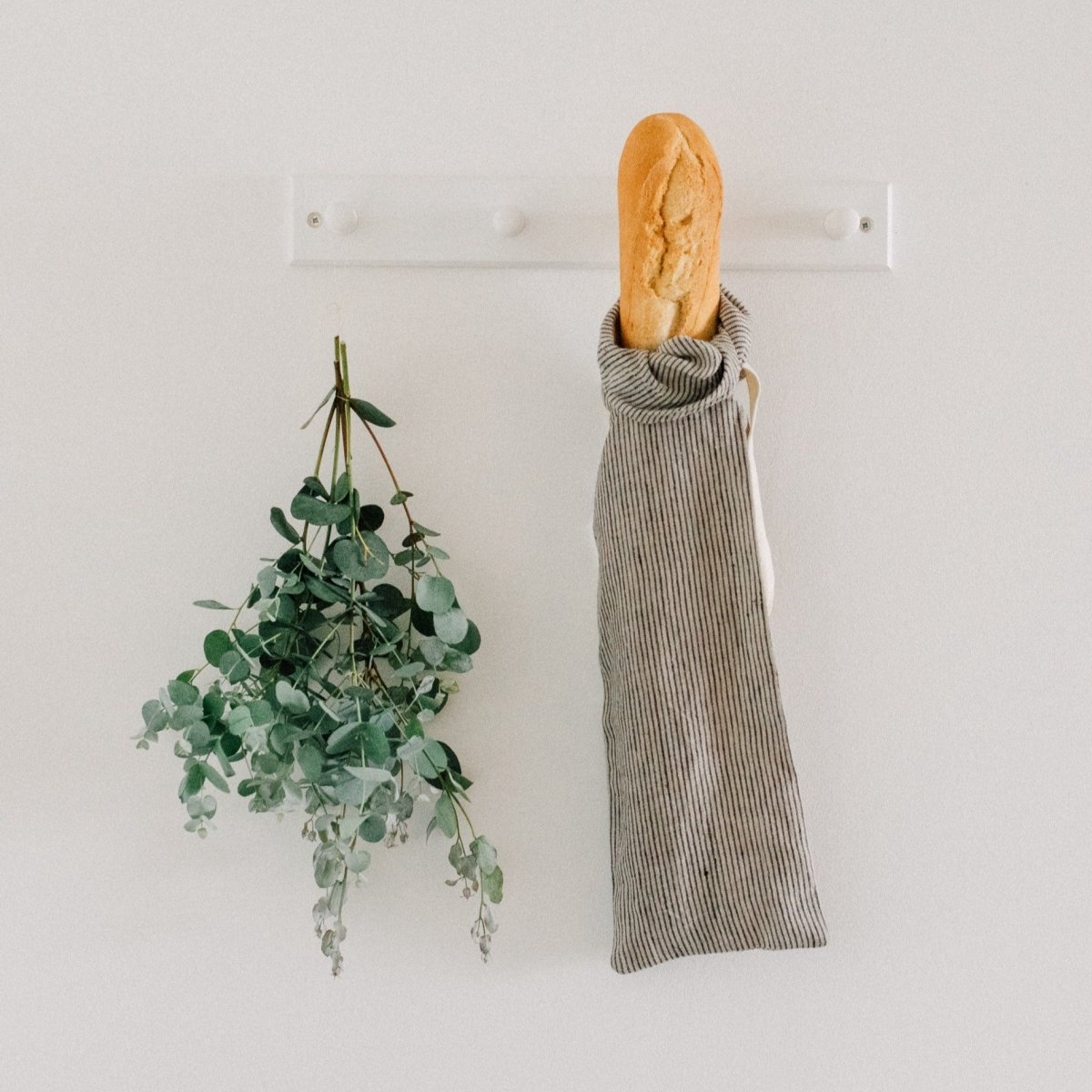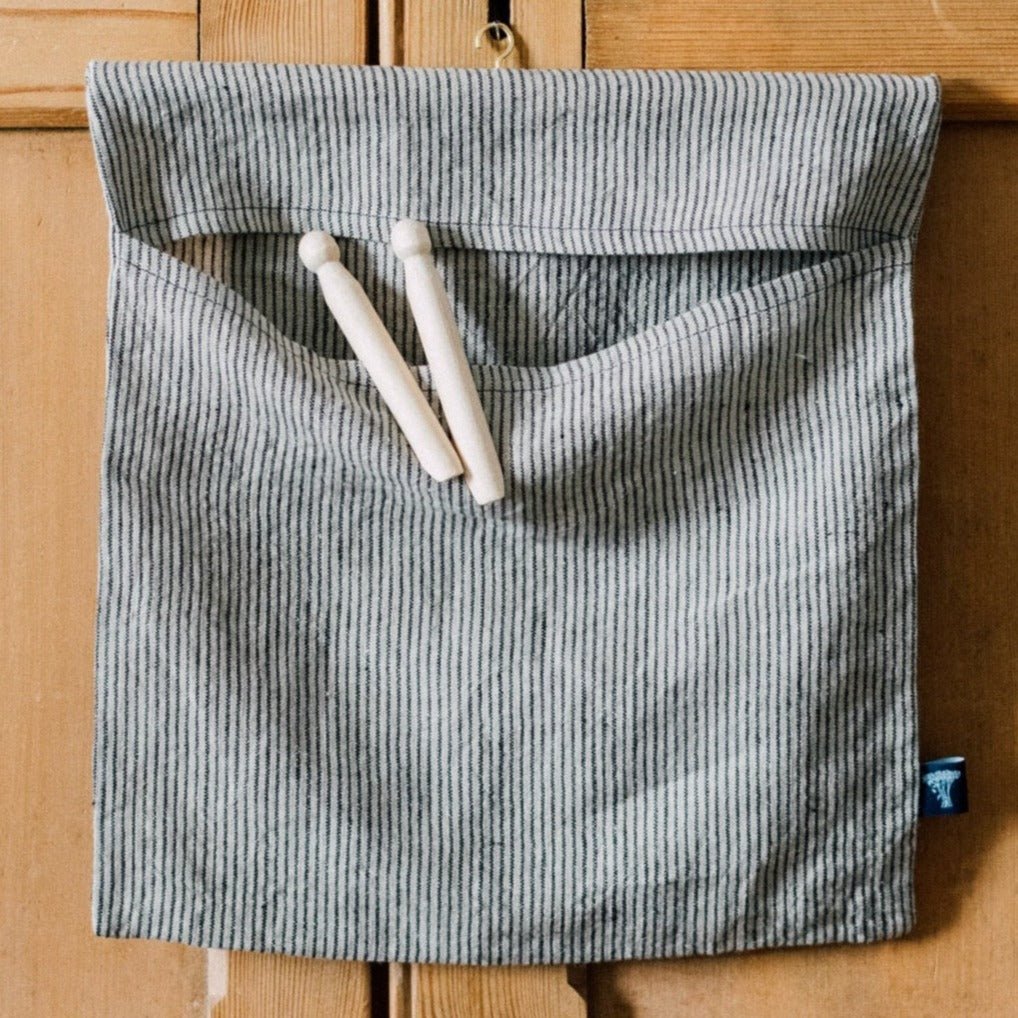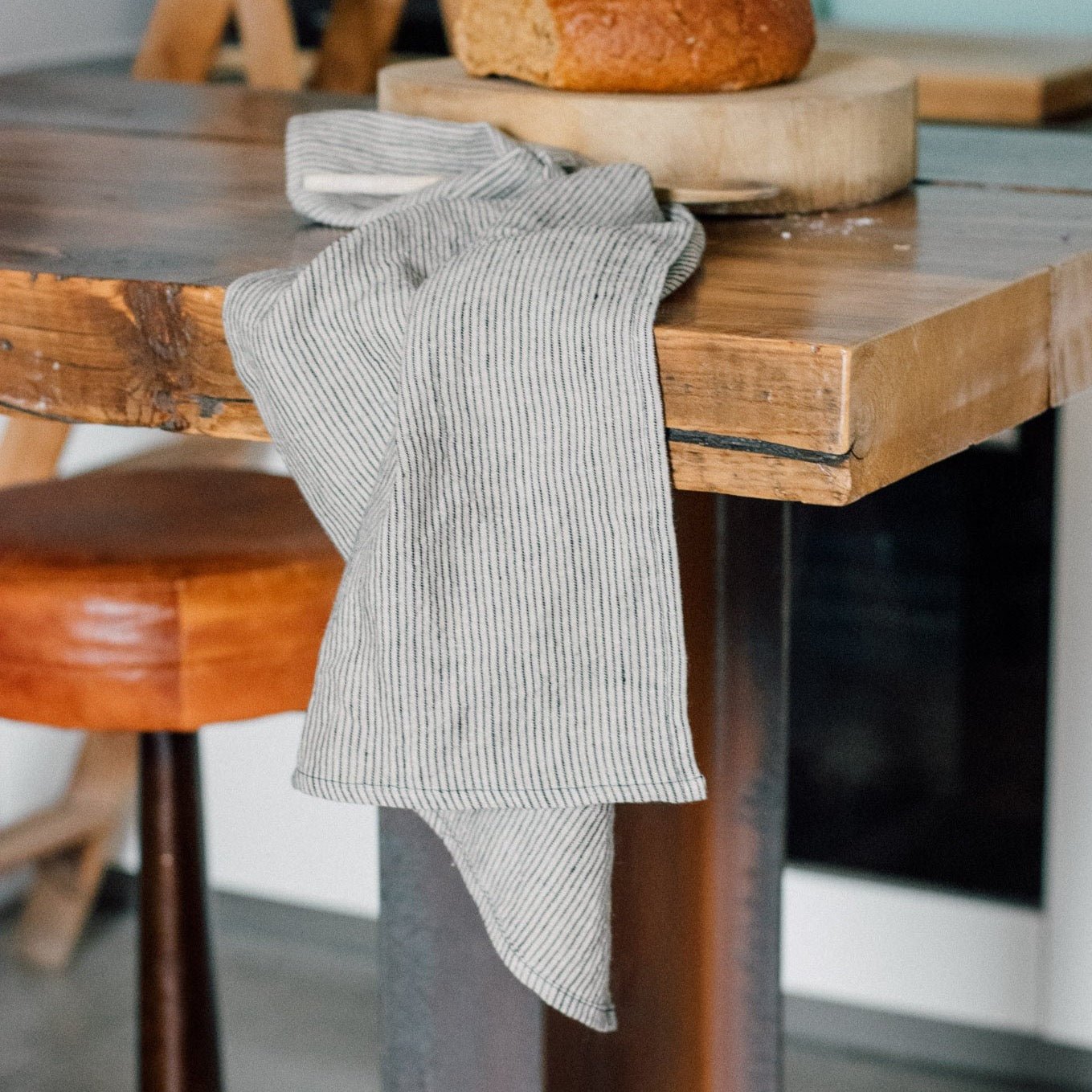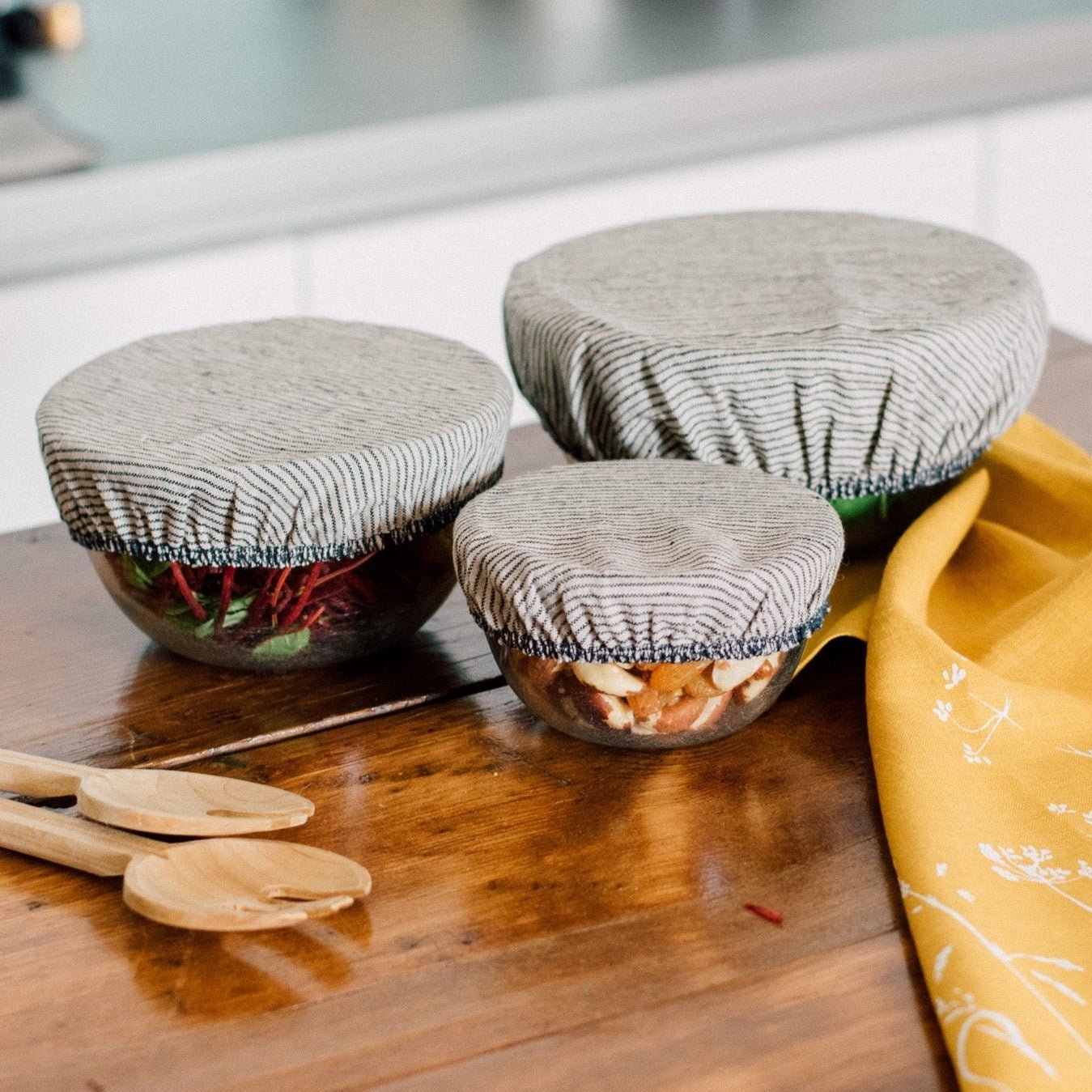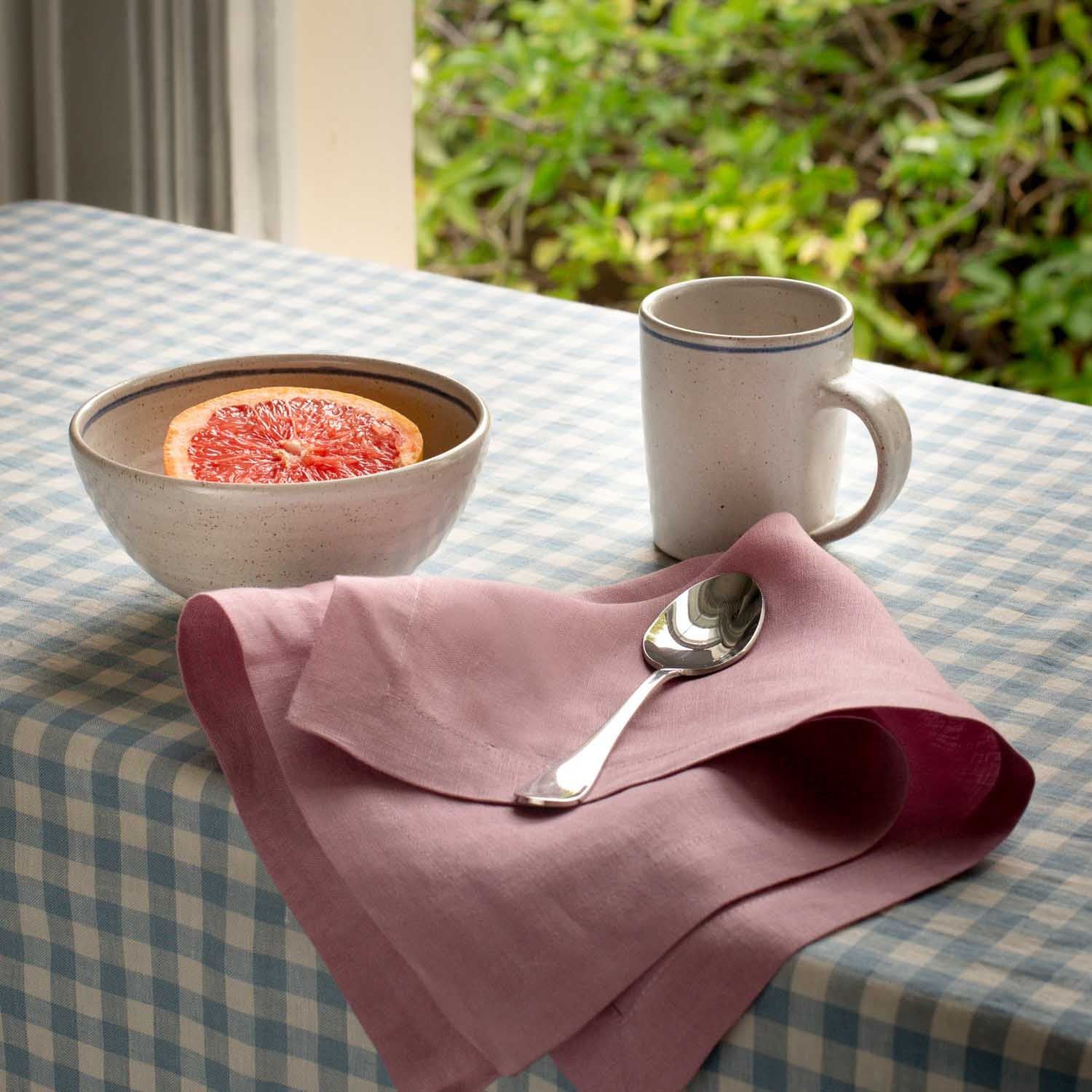The Linen collection
Linen that’s breathable, strong and quietly beautiful. This natural fabric does things others can’t – keeping you cool in summer, and cosy when it turns. Everything here is 100% linen, made to wear well over time. Clothes, bedding and homewares, all from independent makers who know the value of a solid finish. No fuss, just long-lasting comfort that works hard and looks good doing it.
Linen Bedding & Homewares FAQs
What are the longest-lasting linen options for bedding and homeware?
The longest-lasting linen options for bedding and homeware are made from 100% flax linen, typically stonewashed and woven at a medium to heavy weight (160–190gsm). This natural fabric is tough stuff - stronger when wet, breathable, and resistant to pilling. Look for OEKO-TEX or European Flax certifications for quality peace of mind. With regular care, long-lasting linen can last over 10 years and only gets softer with age. Some brands even offer lifetime guarantees or repair services.
Learn more about how we choose tough-as-nails materials on our research process page.
How do you properly wash and dry linen bedding?
To properly wash linen bedding, use a gentle cycle with mild detergent at 30–40°C. Skip bleach and fabric softeners - they weaken the fibres. For drying, air drying is best if you want to get the most from your long-lasting linen. If you must tumble dry, use low heat and take it out a bit damp to avoid stubborn creases. No need to iron, but a warm steam can help if you fancy a neater look.
For more tips, visit our linen care guide blog.
Is linen really better than cotton for summer bedding?
Yes, linen is often better than cotton for summer bedding as it breathes better and wicks away moisture more effectively. Long-lasting linen has loose flax fibres that let air flow through, keeping you cool and dry on sticky nights. It can absorb up to 20% of its weight in moisture without feeling clammy. While cotton may feel softer at first, linen grows comfier with each wash and shines in humid heat.
Does linen bedding get softer over time?
Yes, linen bedding gets softer over time - and that’s part of the charm. Long-lasting linen wears in rather than out, becoming gentler after every wash as the fibres relax. If you prefer quicker results, go for stonewashed or pre-washed linen. But even untreated versions will reward your patience with a beautiful, inviting texture. Like a good woolly jumper, it only gets better with age.
Why is linen more expensive than other fabrics?
Linen is more expensive than other fabrics because flax is fiddly to grow and process - it takes time, care and skilled hands. The result? Long-lasting linen that outlives most cotton or synthetics by miles. It’s hard-wearing, naturally low-impact, and softens beautifully over time, making the upfront cost more of an investment than an indulgence.
Can you tumble dry linen, or does it need air drying?
You can tumble dry linen, but if you want to preserve your long-lasting linen at its best, go low and remove it damp. High heat can make the fibres brittle or cause shrinkage faster than you can say “ironing board”. Air drying is kinder overall, but both methods work - just keep it gentle to keep your fabric going strong.
How can I reduce wrinkles in my linen bedding?
To reduce wrinkles in linen bedding, take it out of the tumble dryer while still damp and let it finish drying flat or on a hanger. A quick hand-smooth or warm steam iron can help if you like a tidy finish. Over time, long-lasting linen softens and creases less deeply, so the look becomes more lived-in than crumpled. A bit like a linen shirt after a seaside holiday - charmingly relaxed.
Looking for the best long-lasting linen bedding?
If you’re after well-made, long-lasting linen bedding, explore our linen collection here. Every piece is carefully chosen for durability, comfort and sustainable sourcing - so you can rest easy for years to come.


